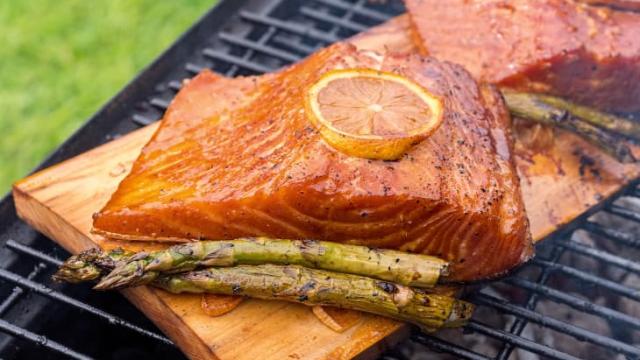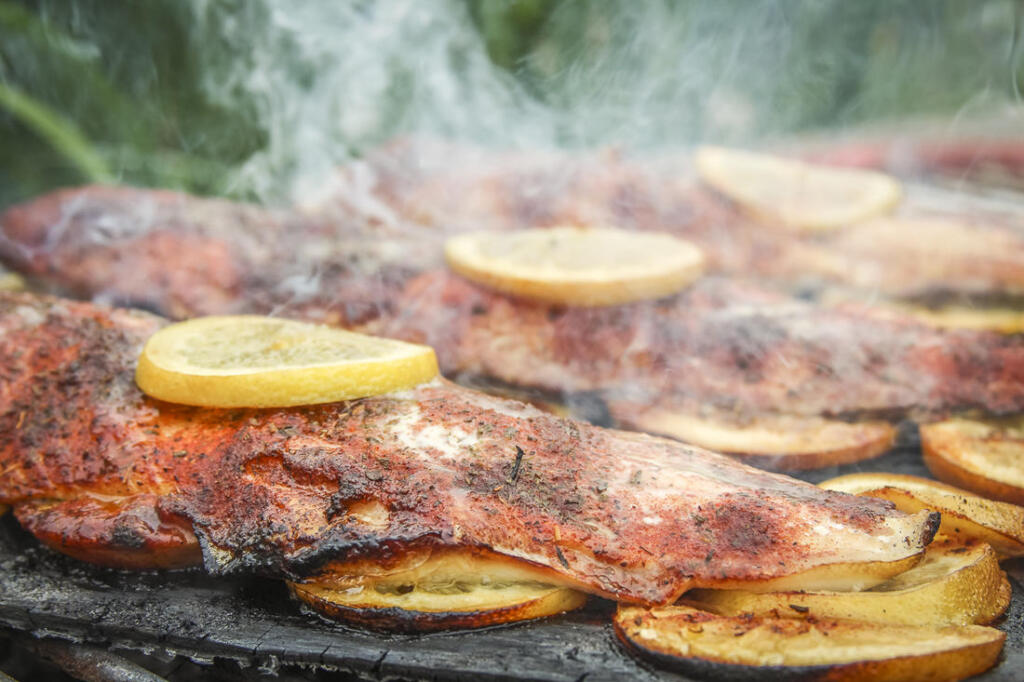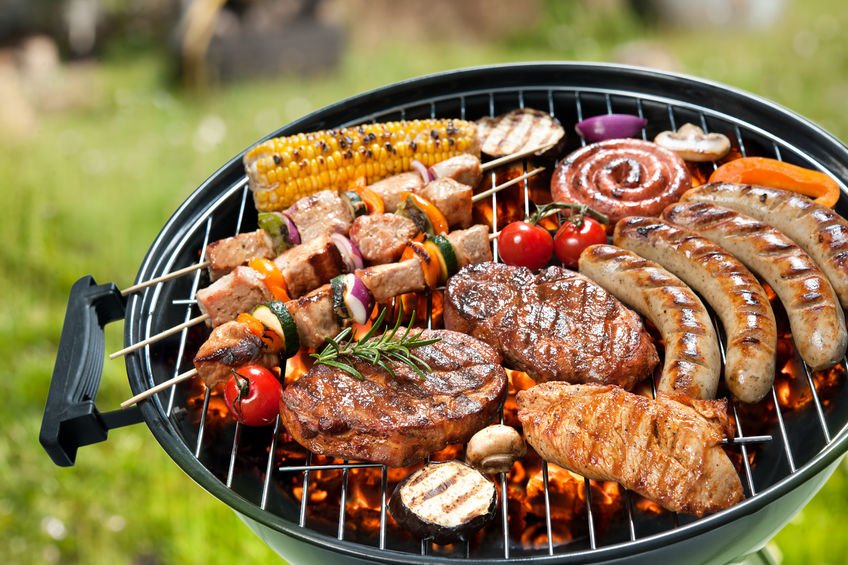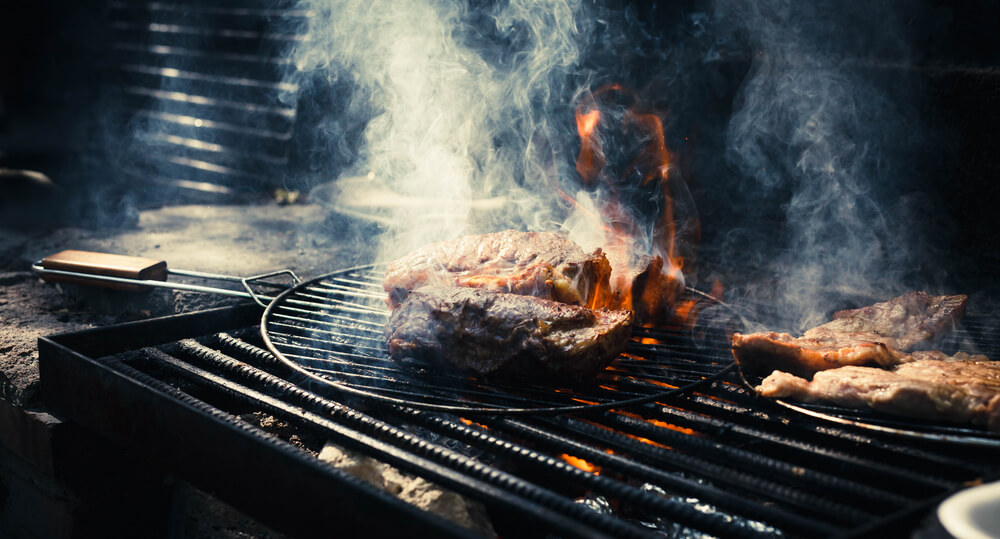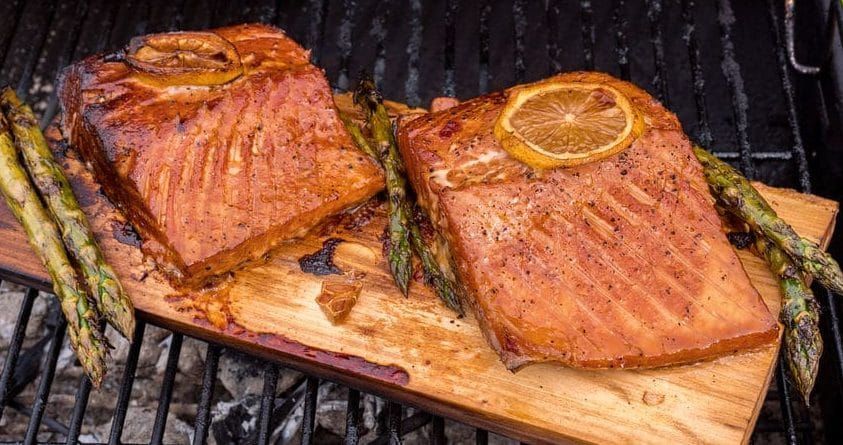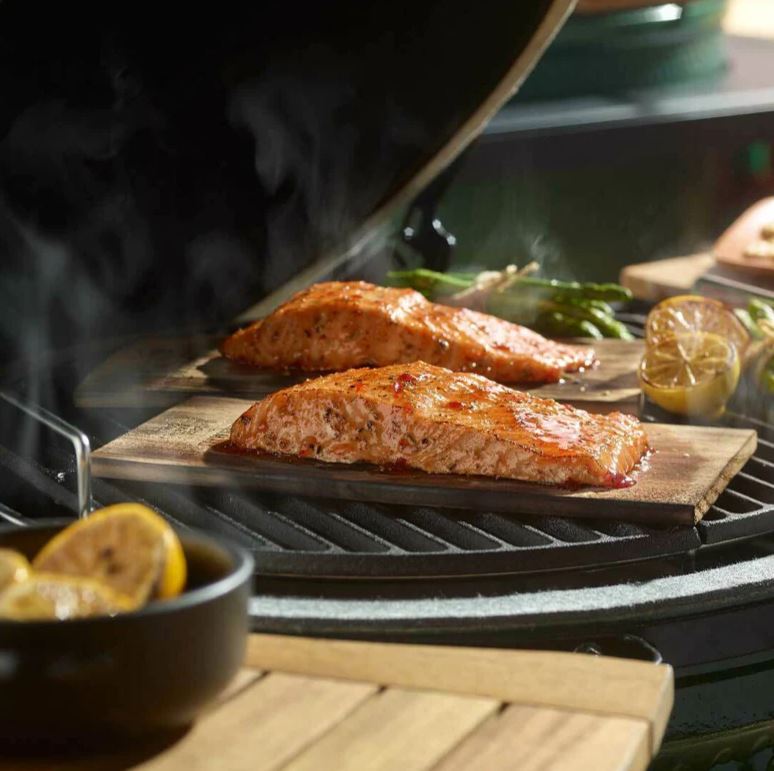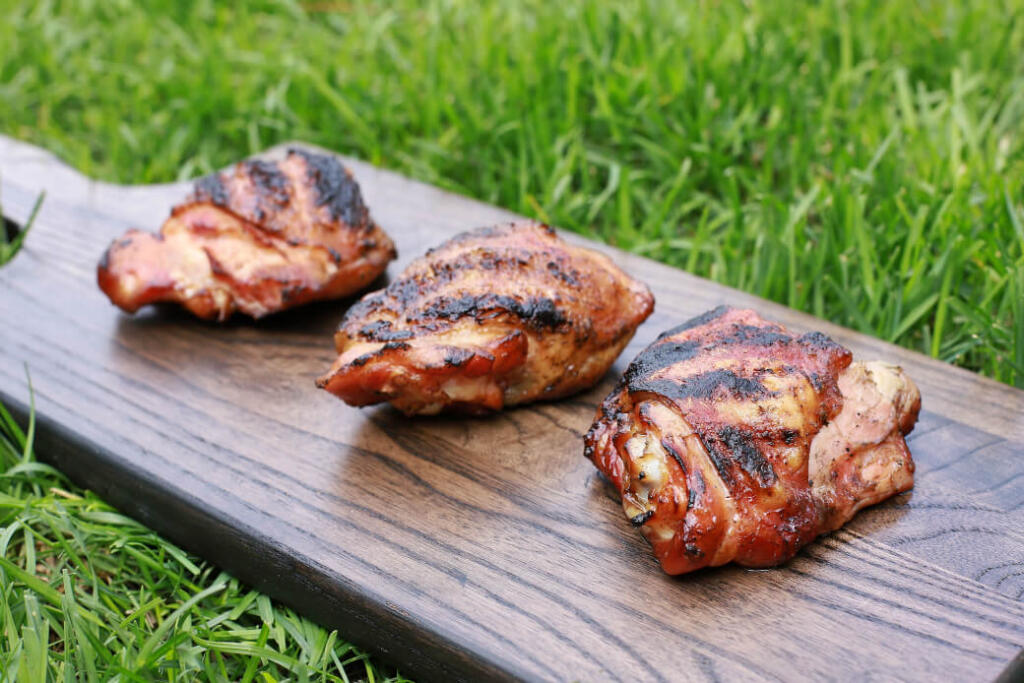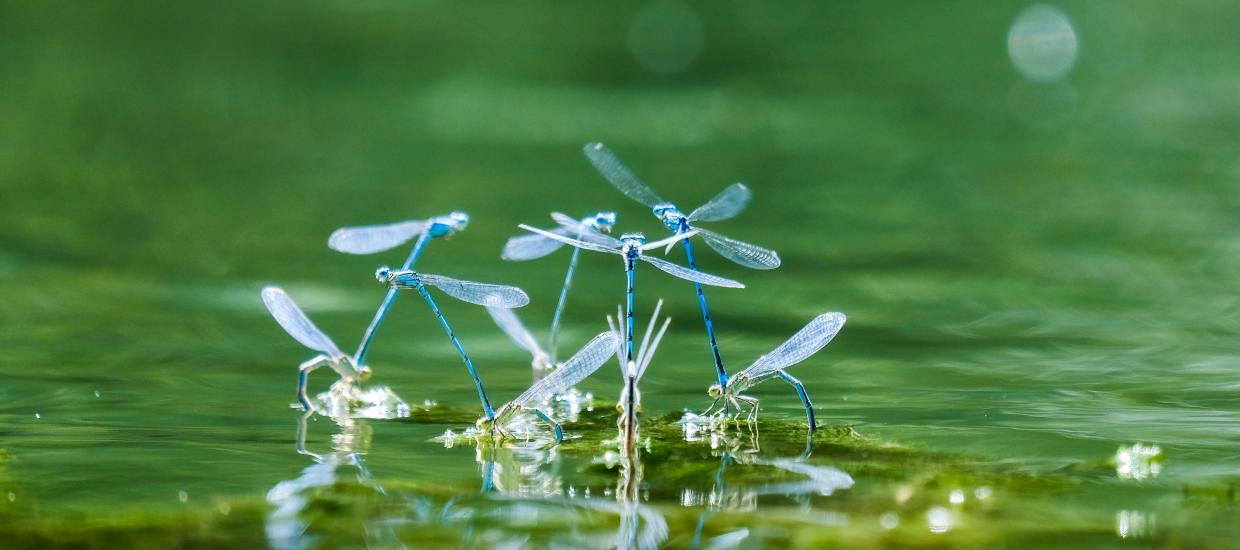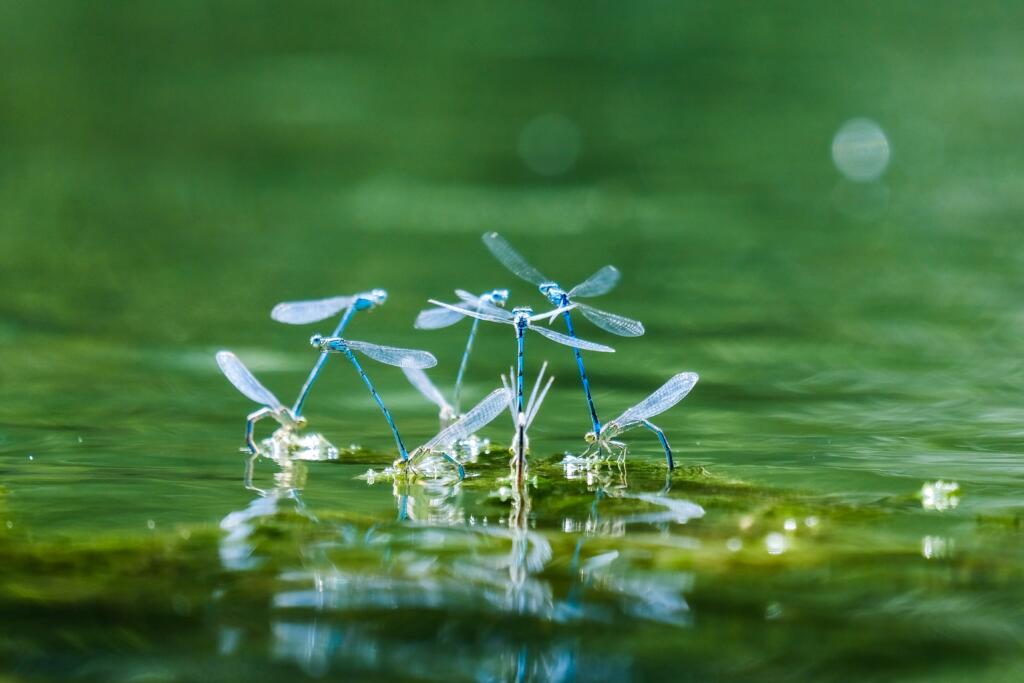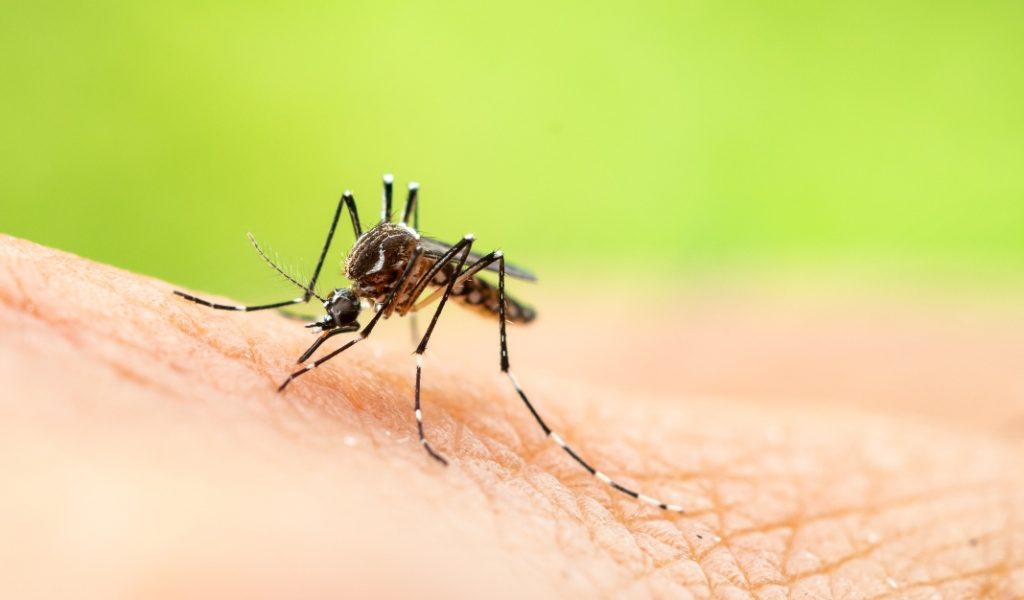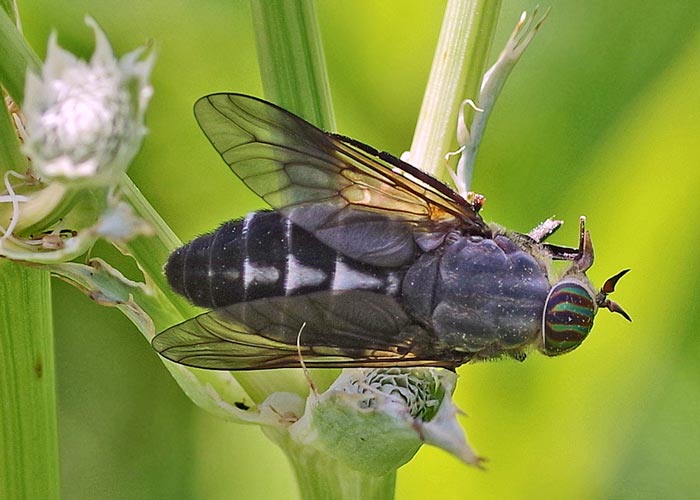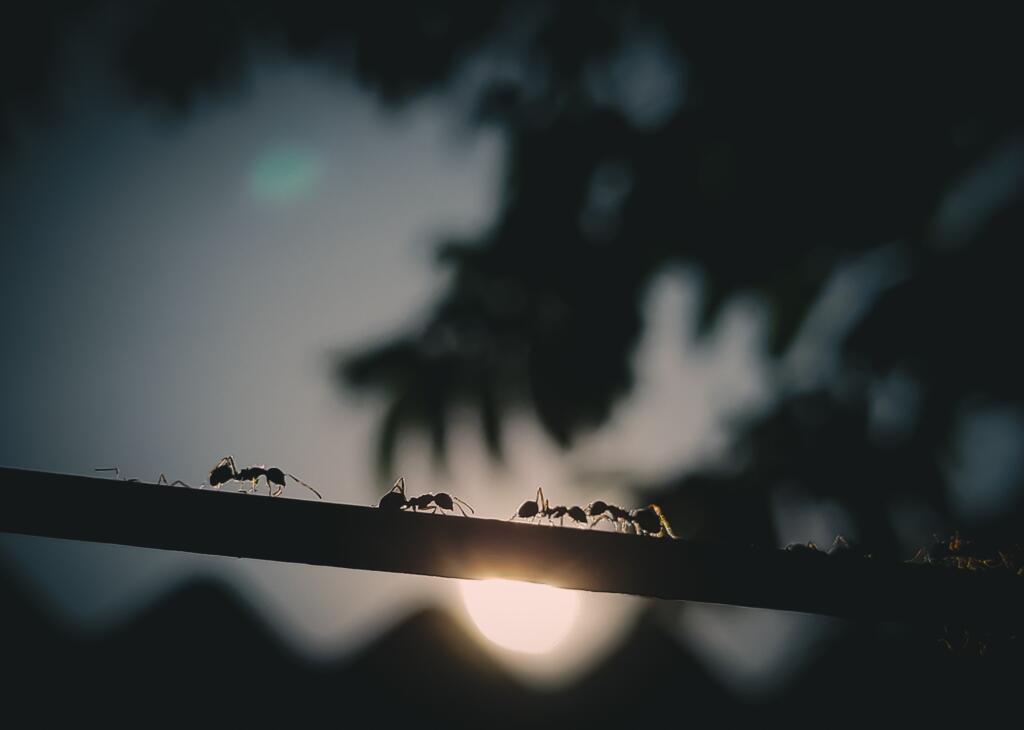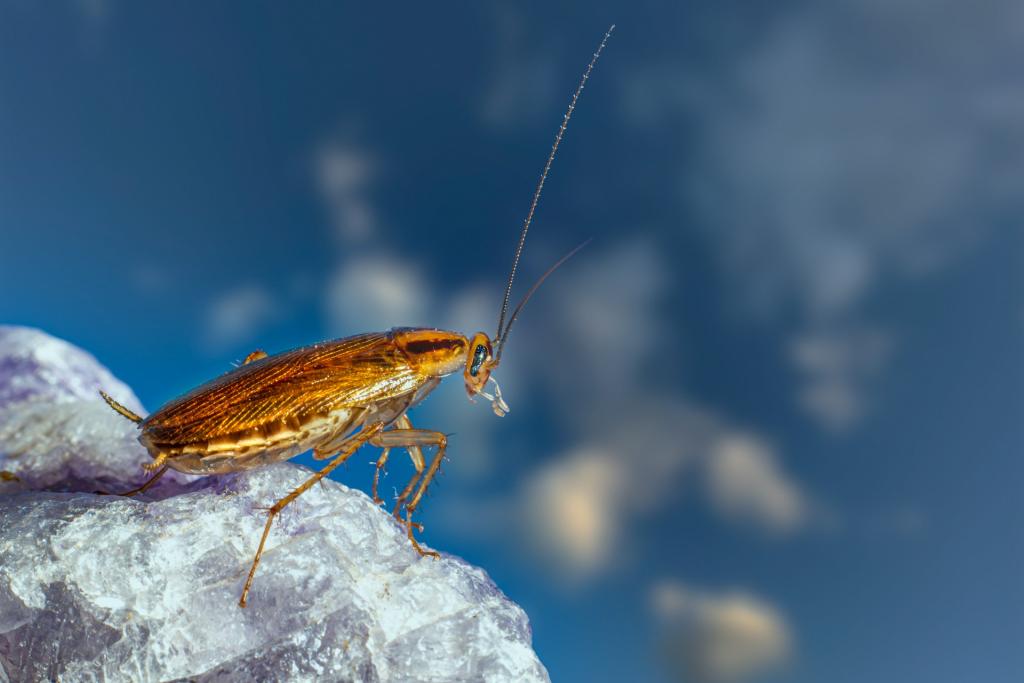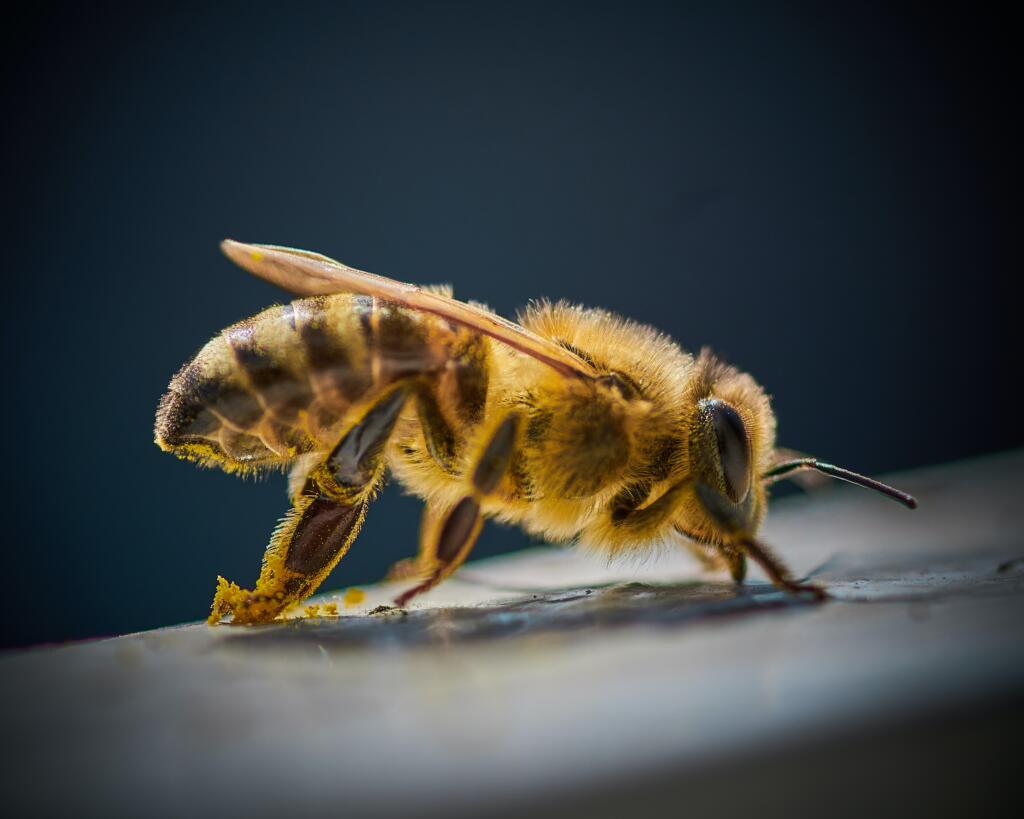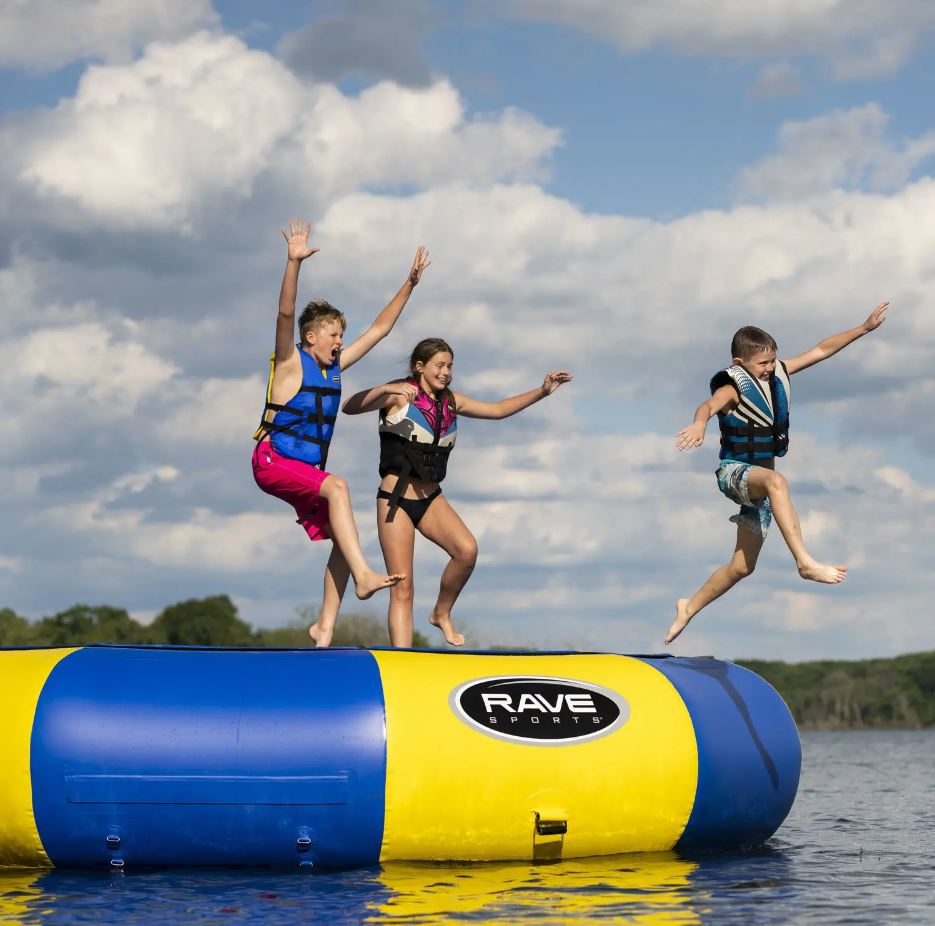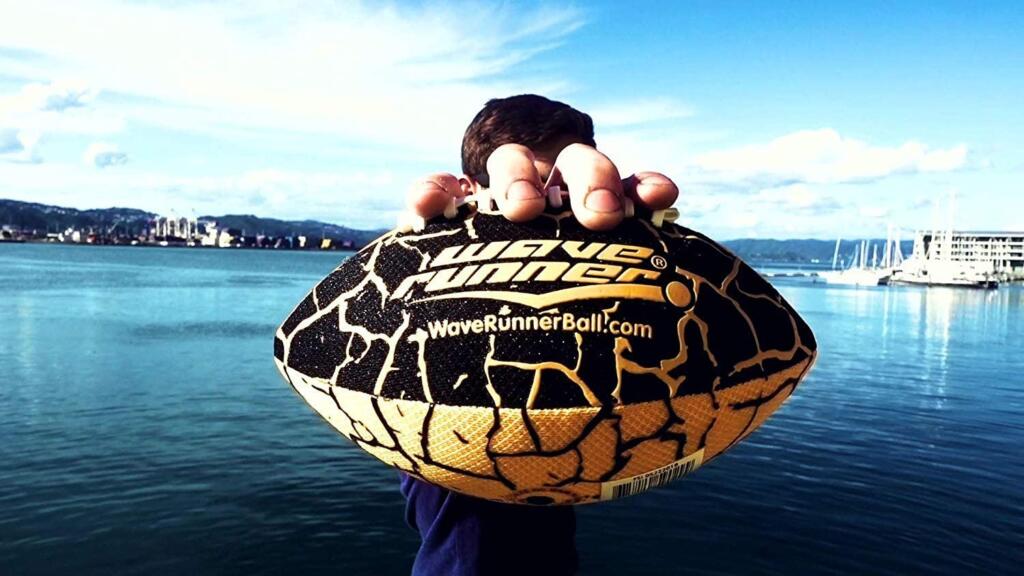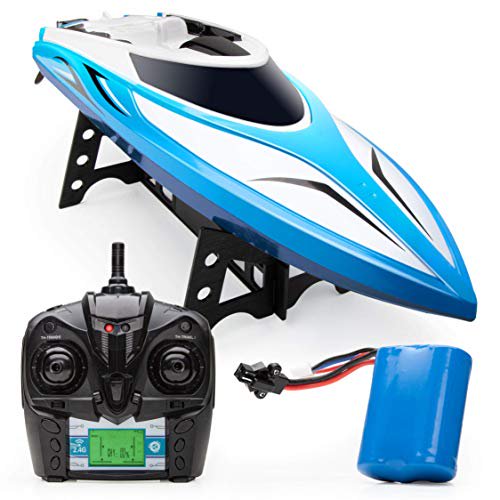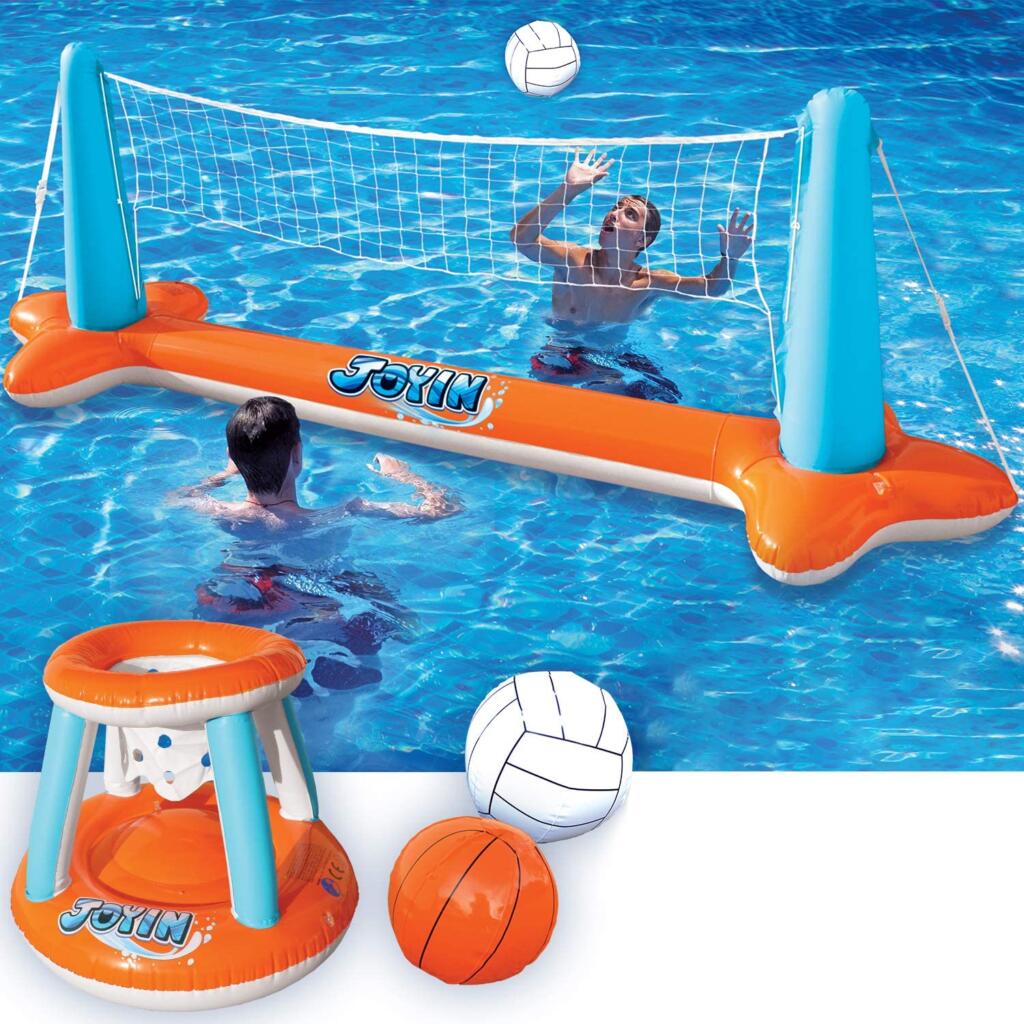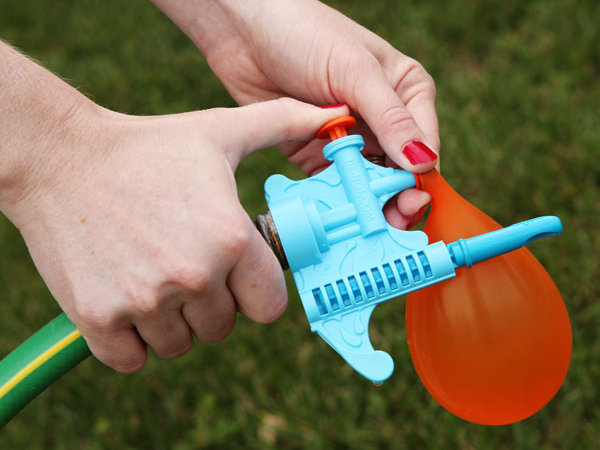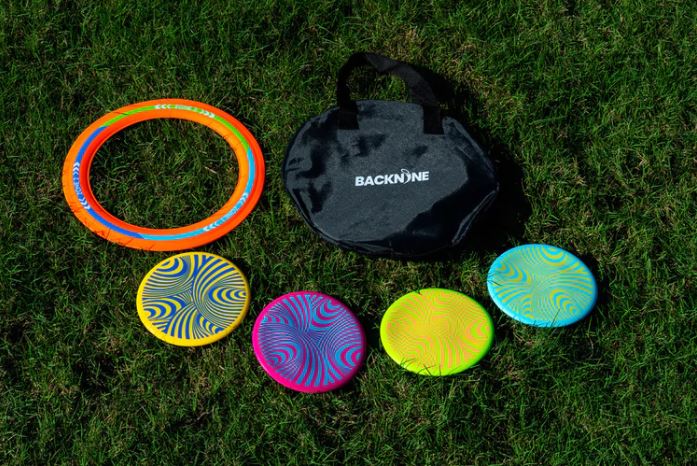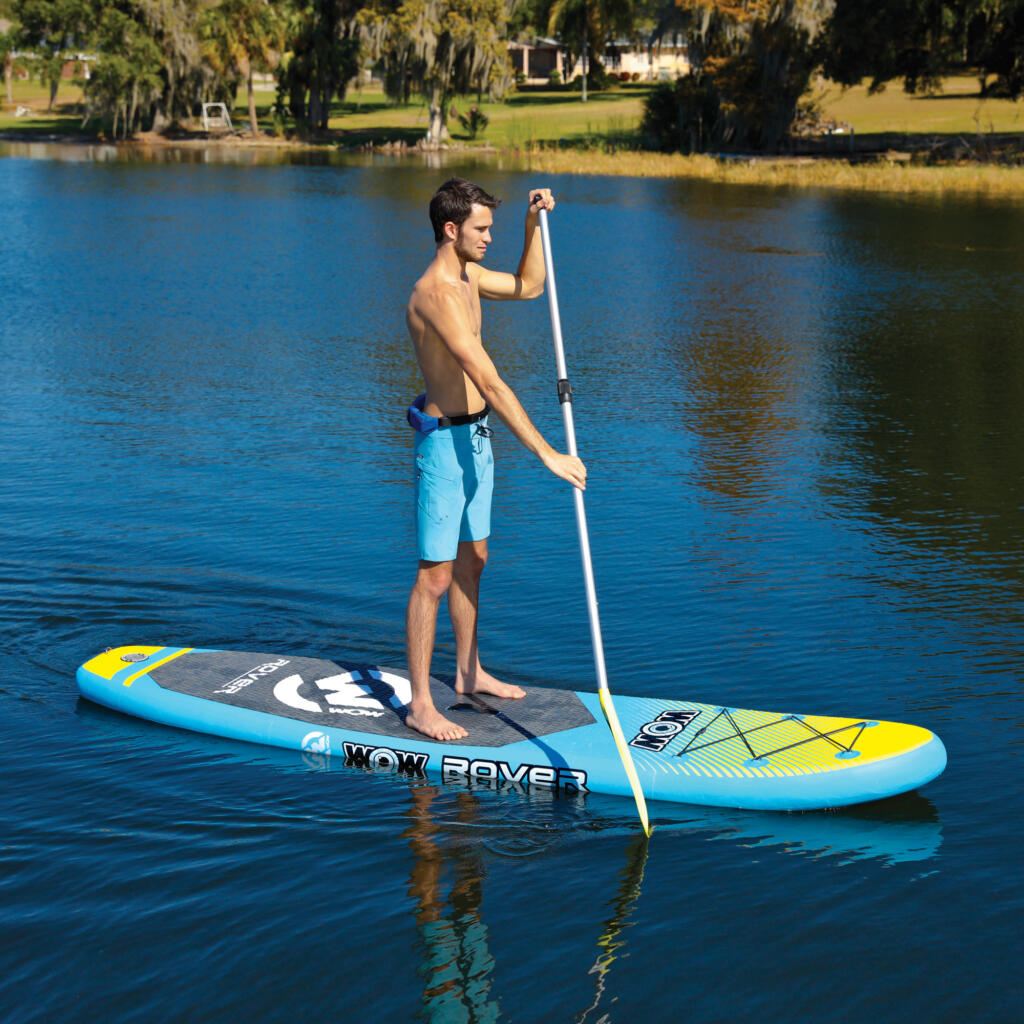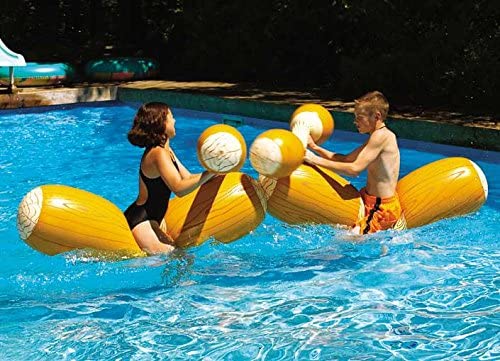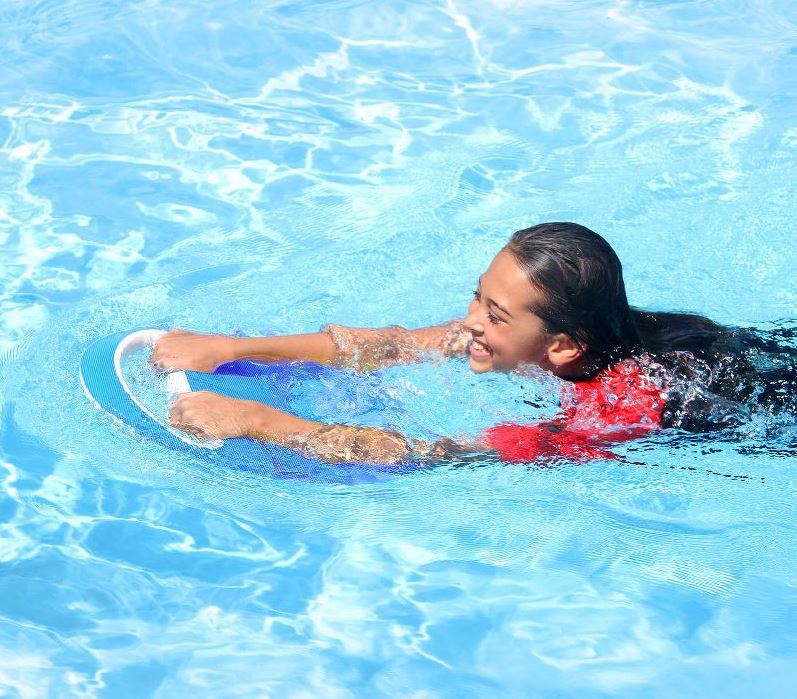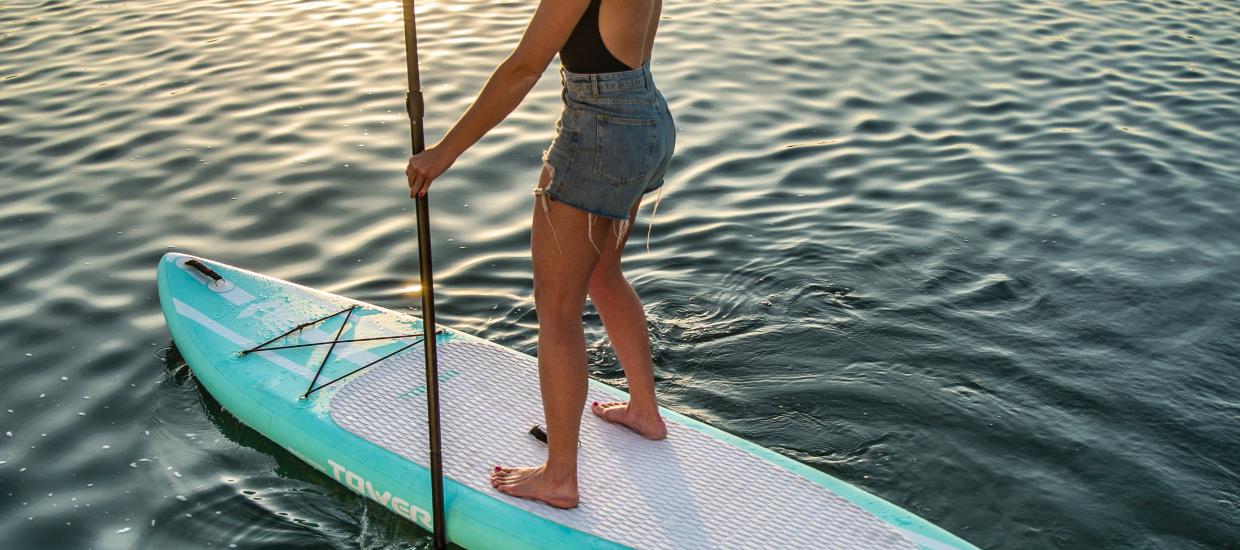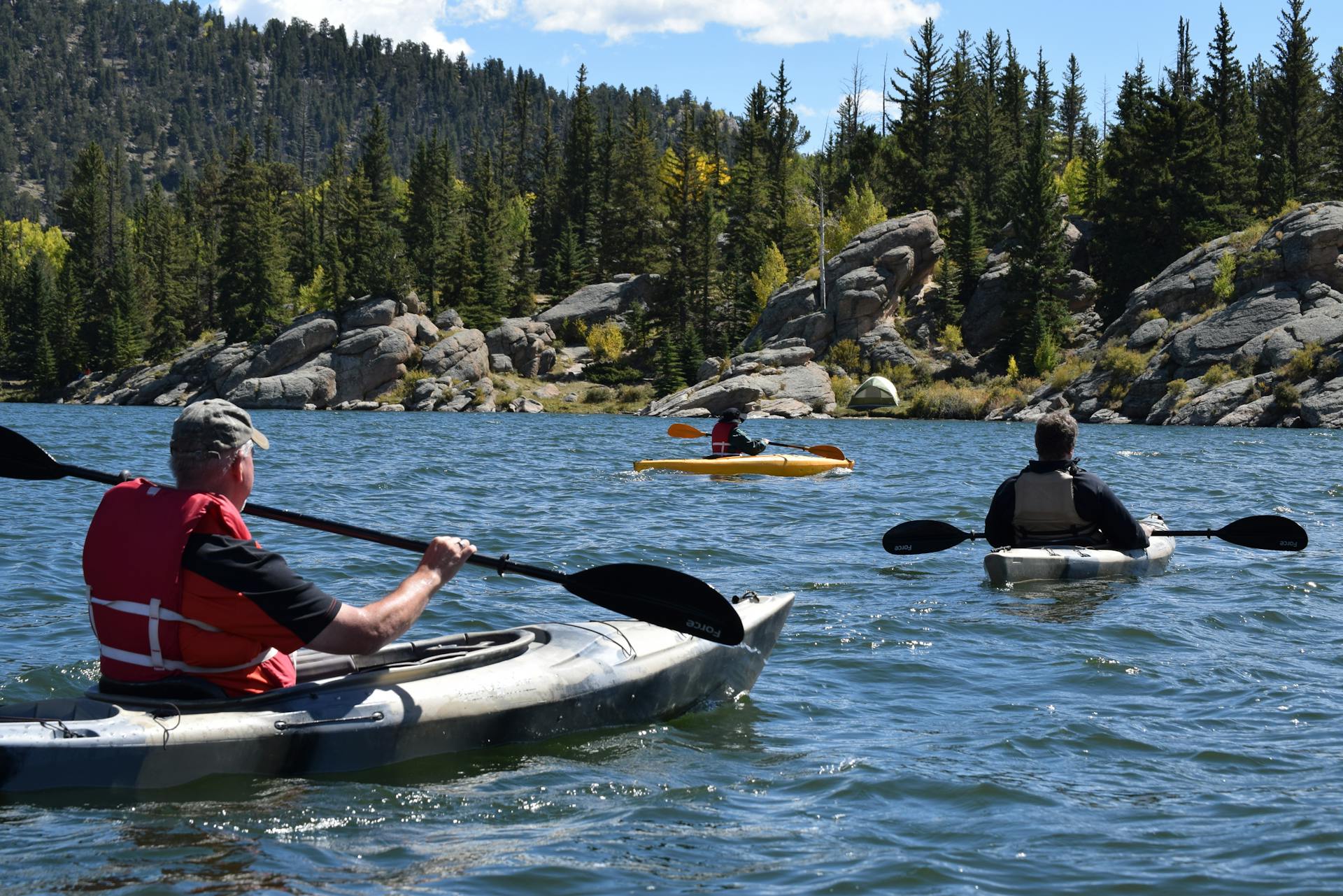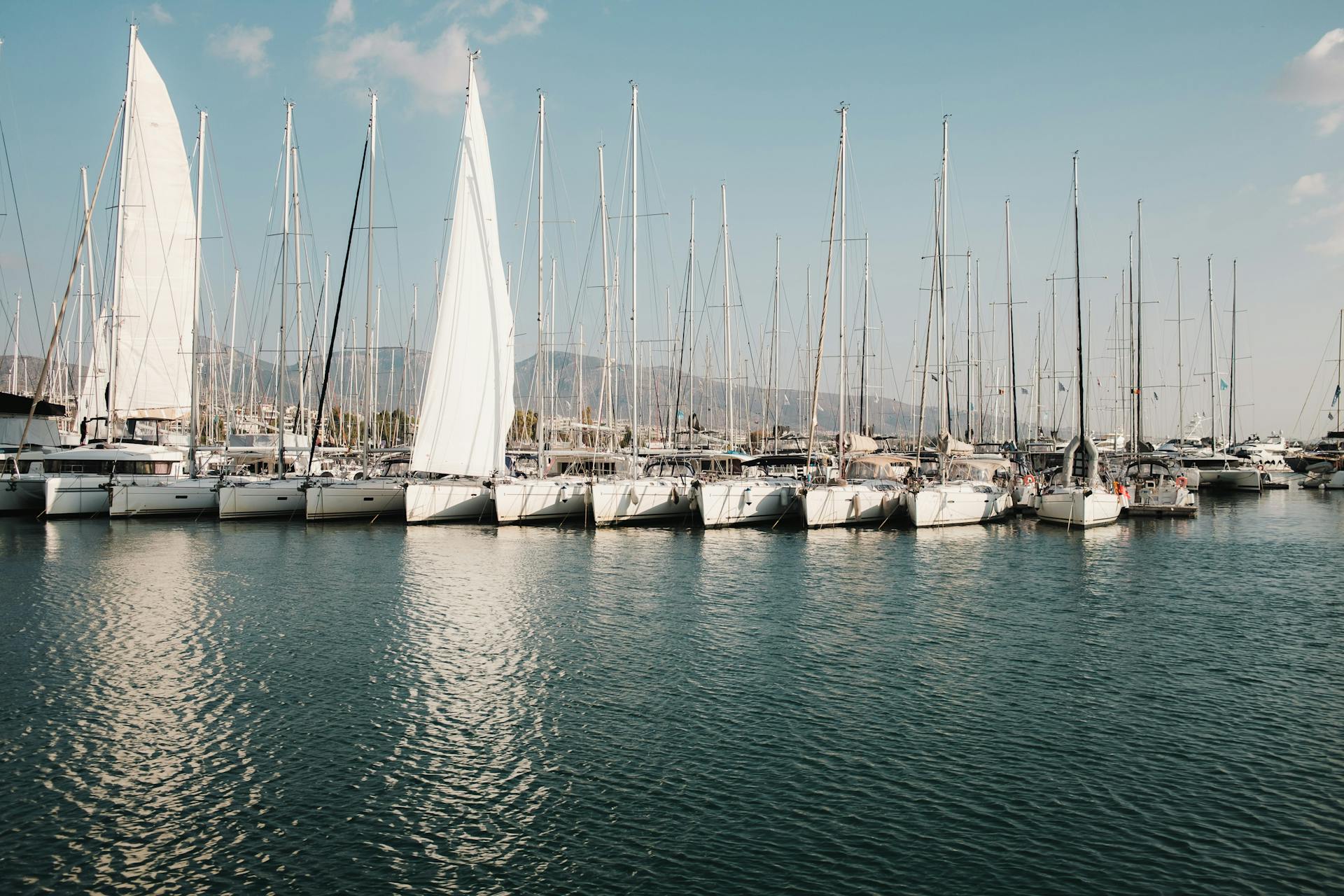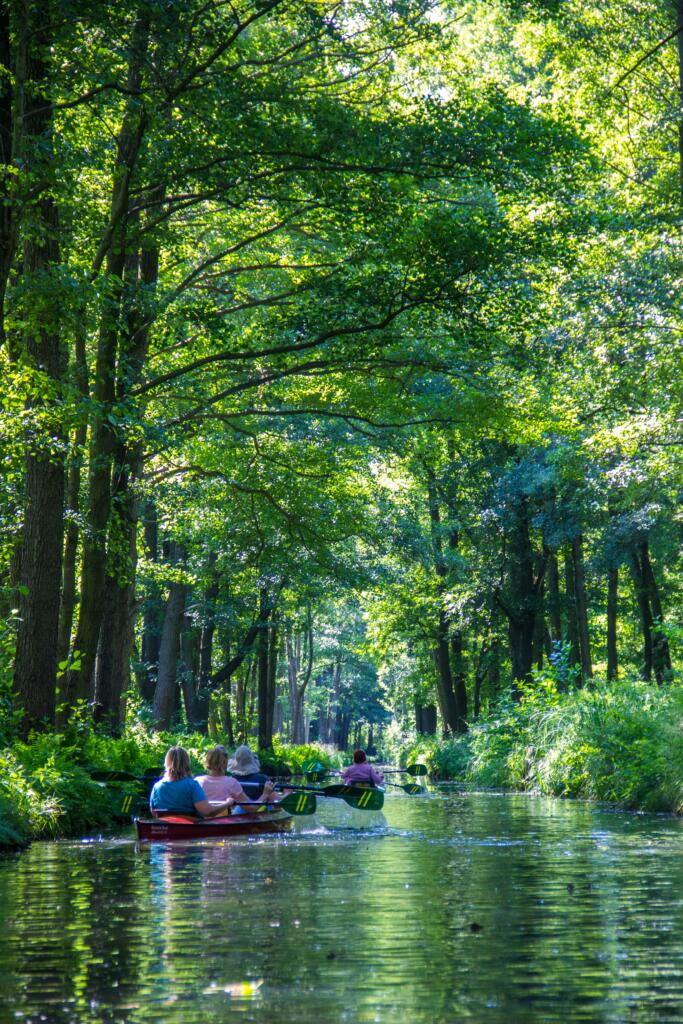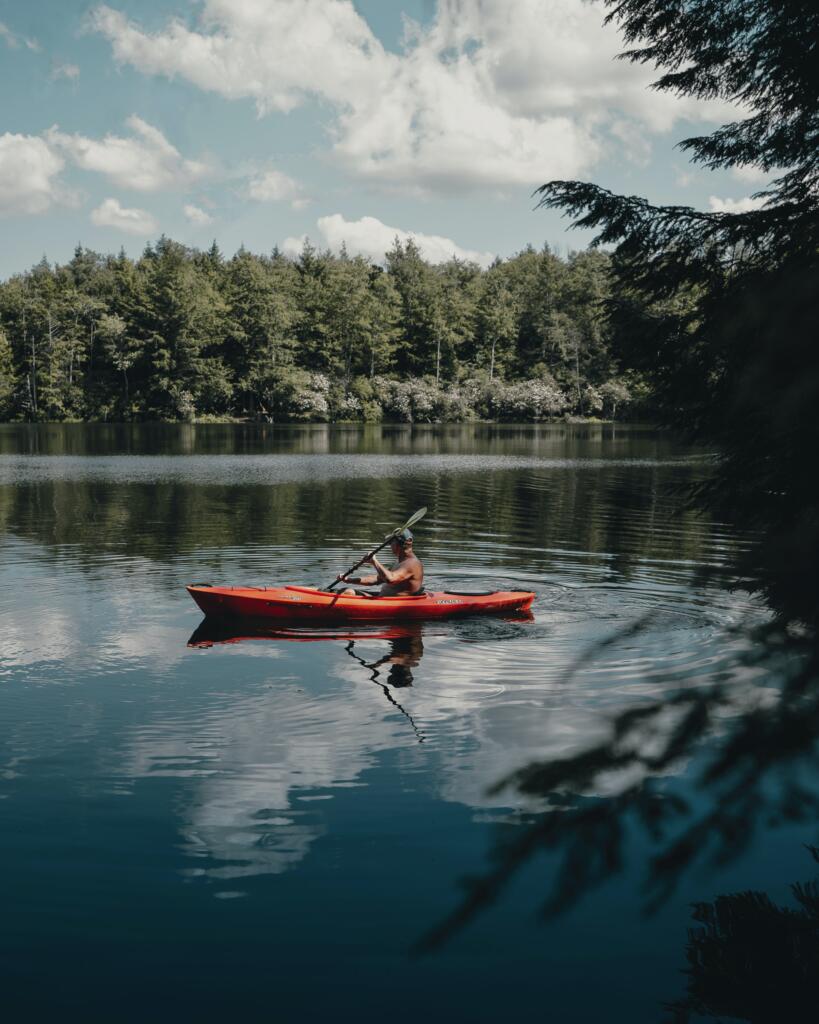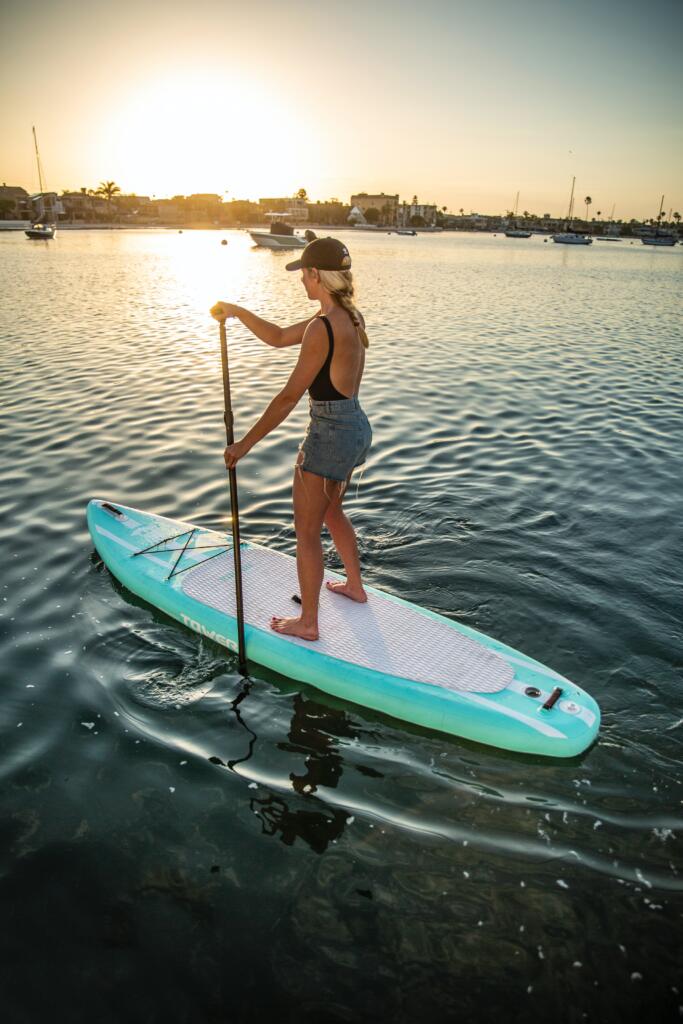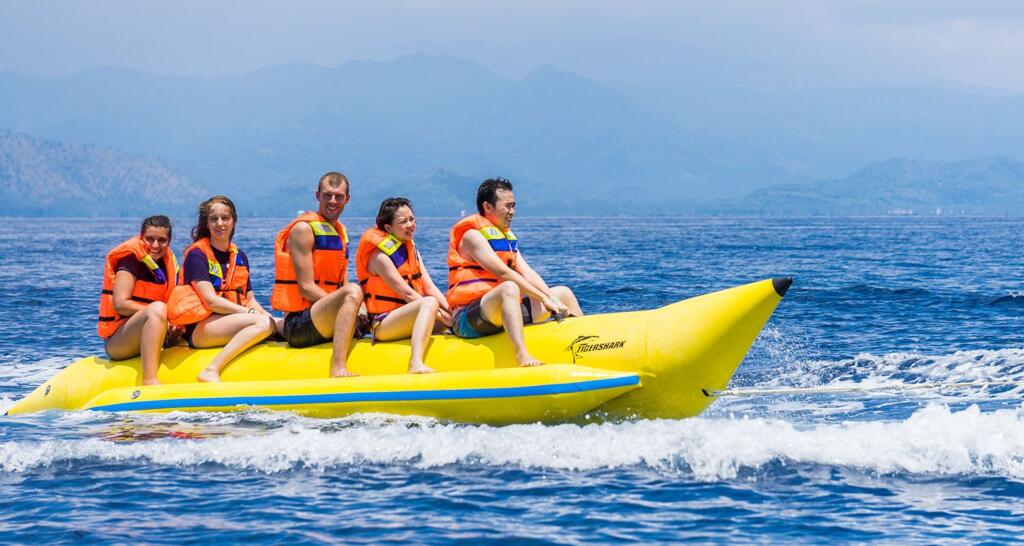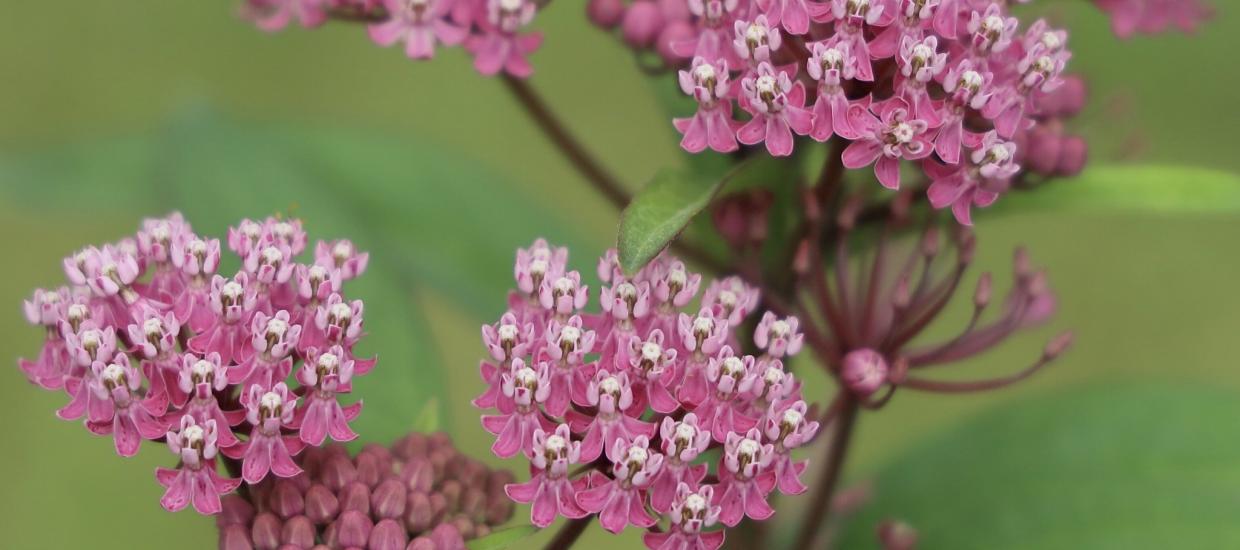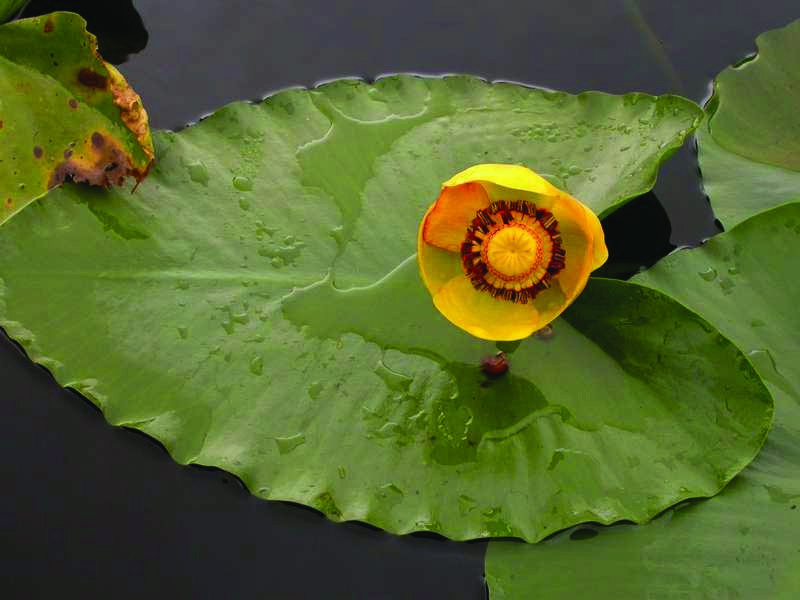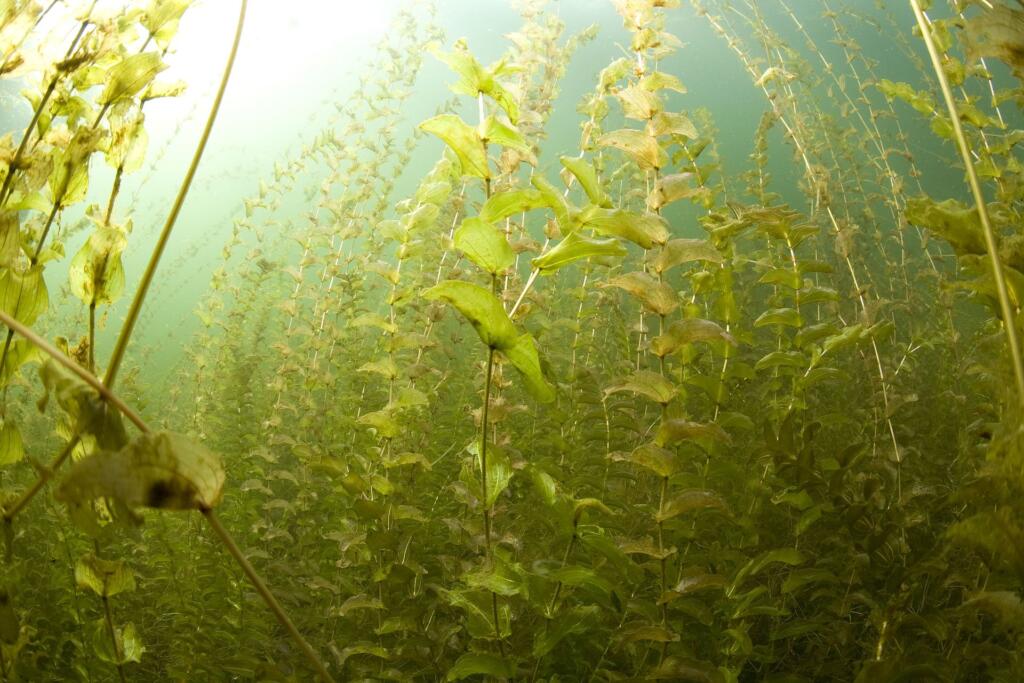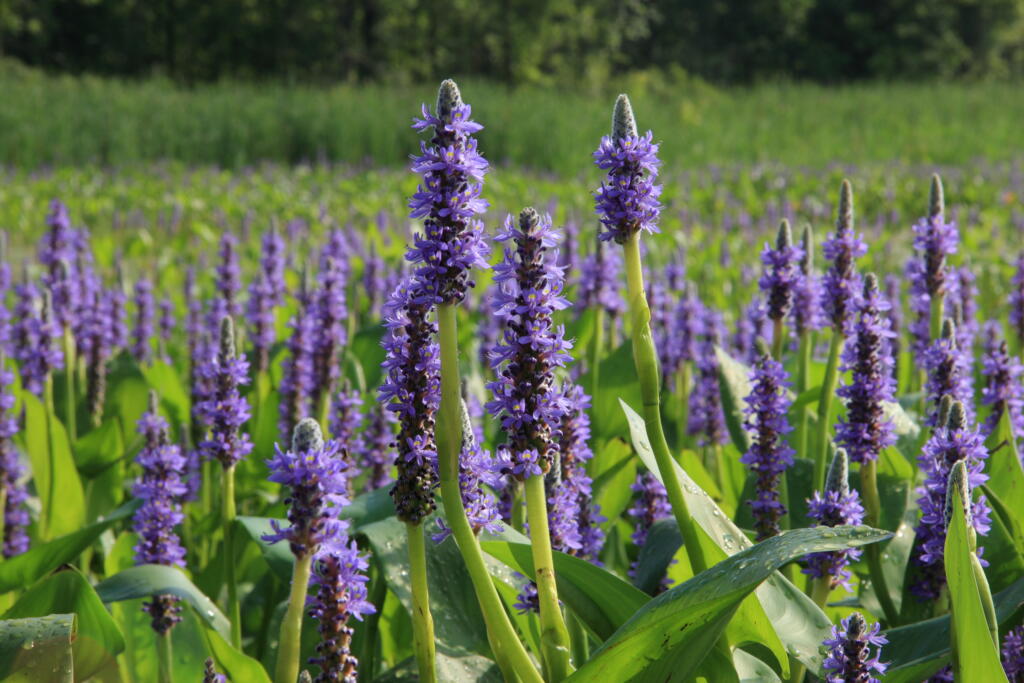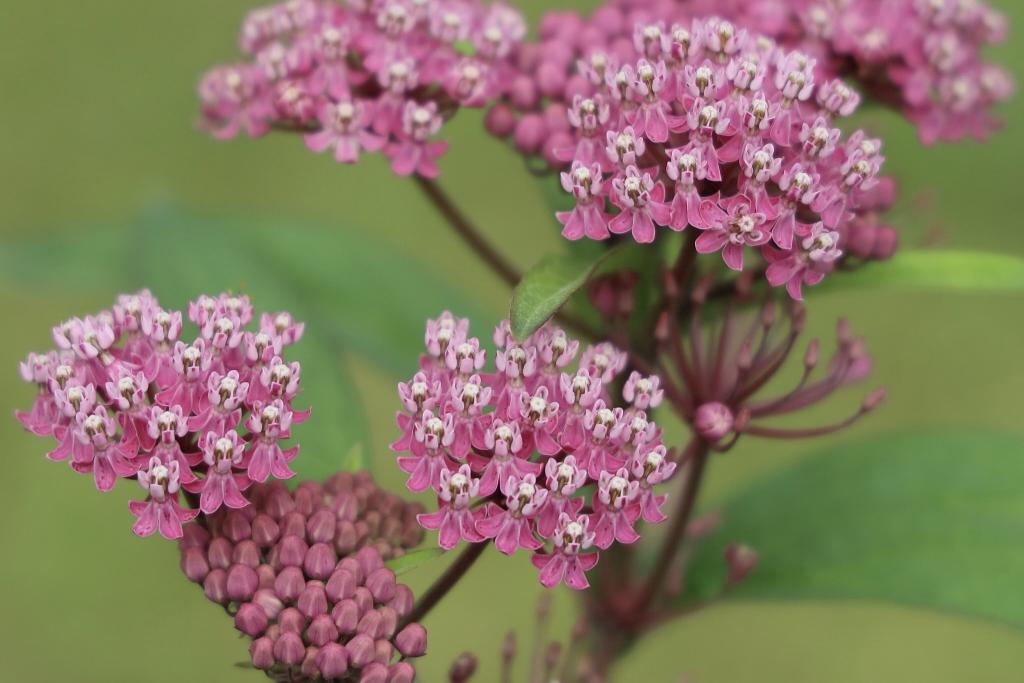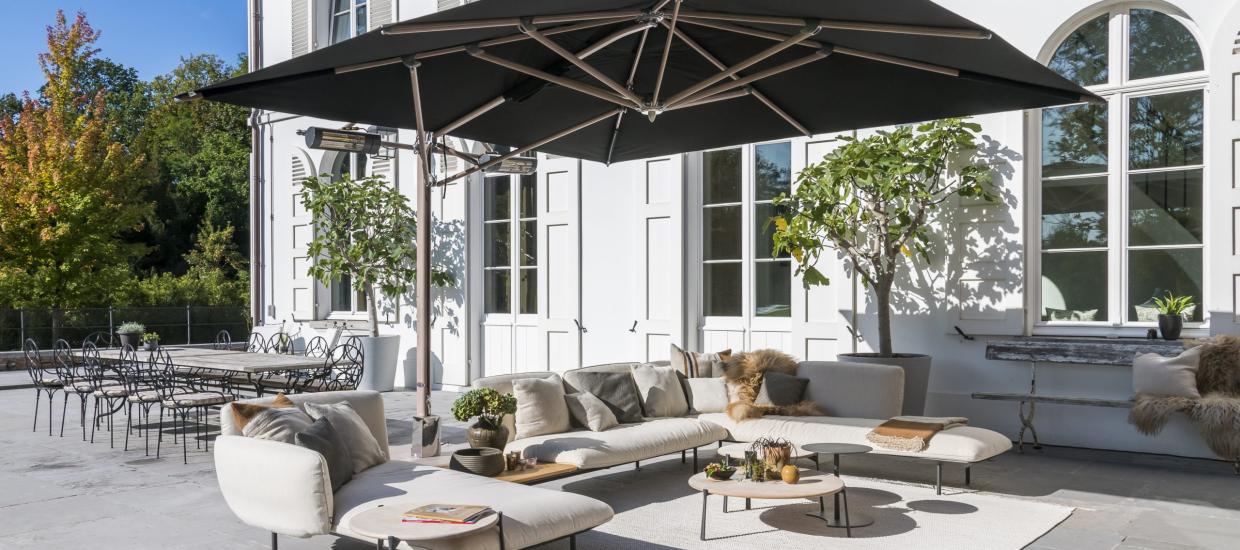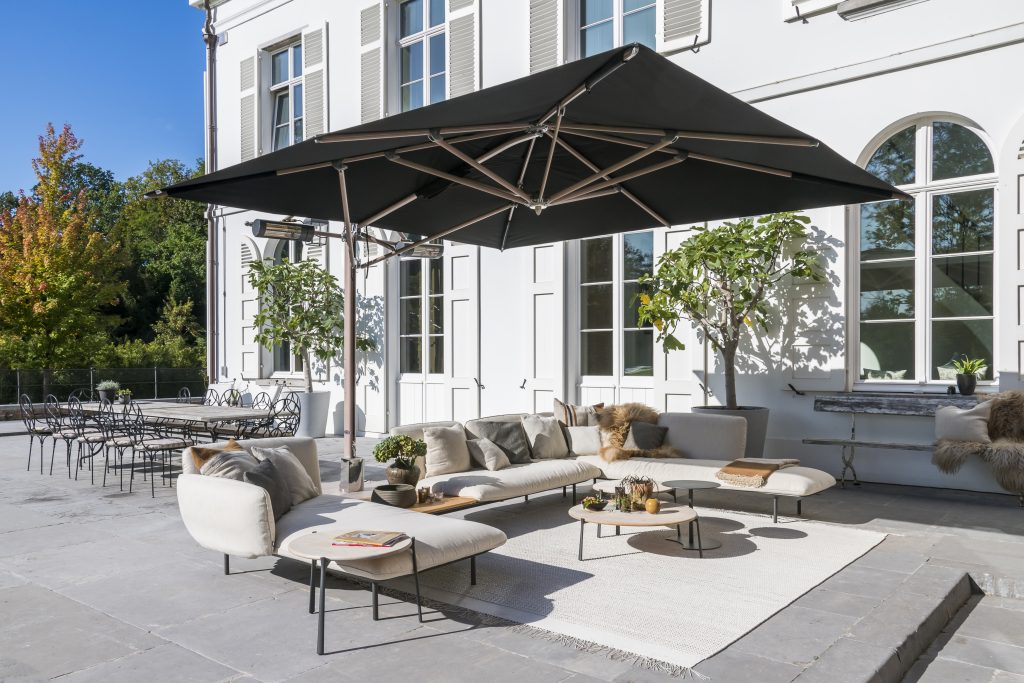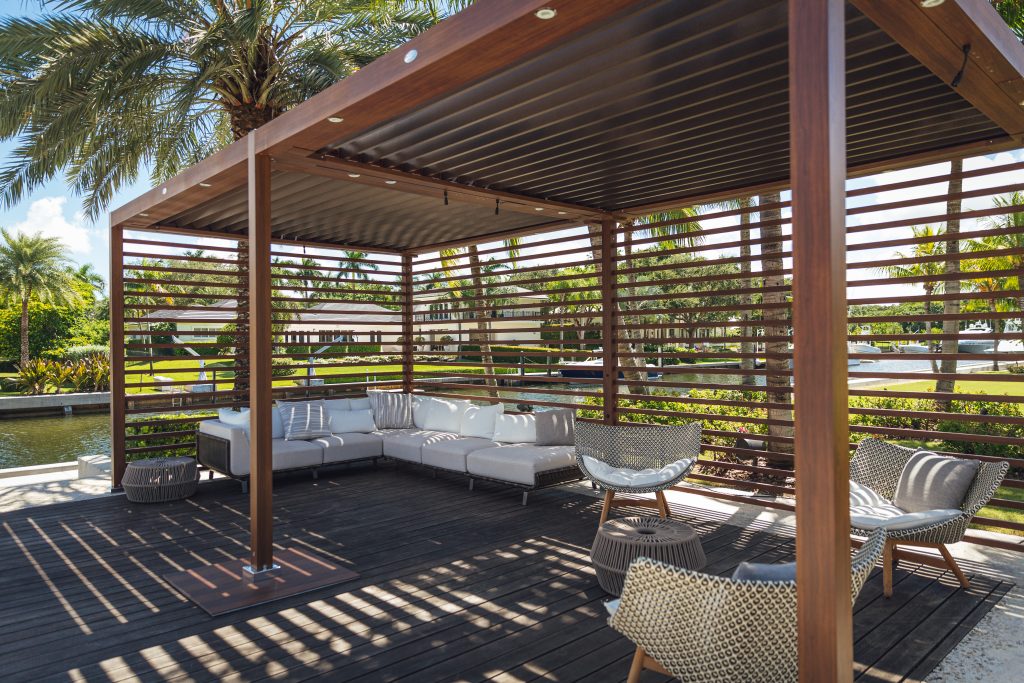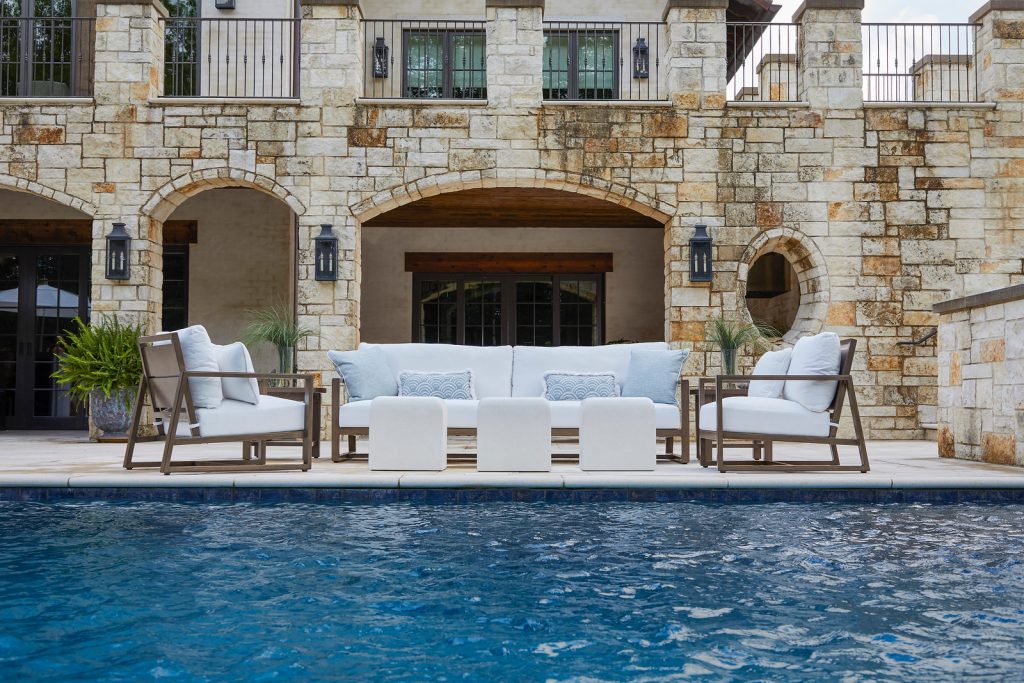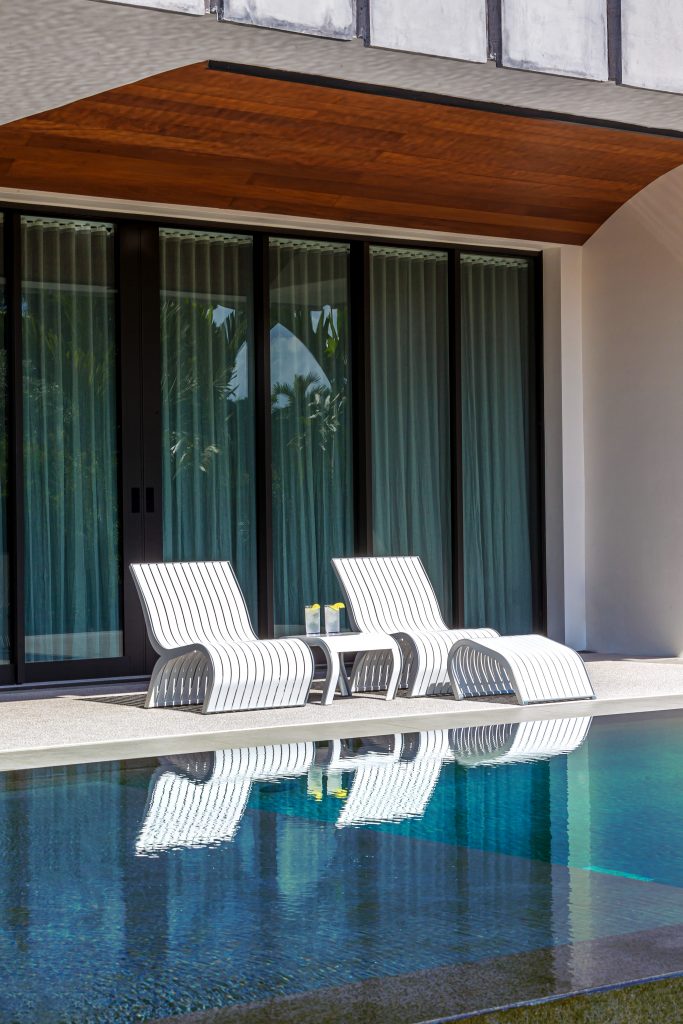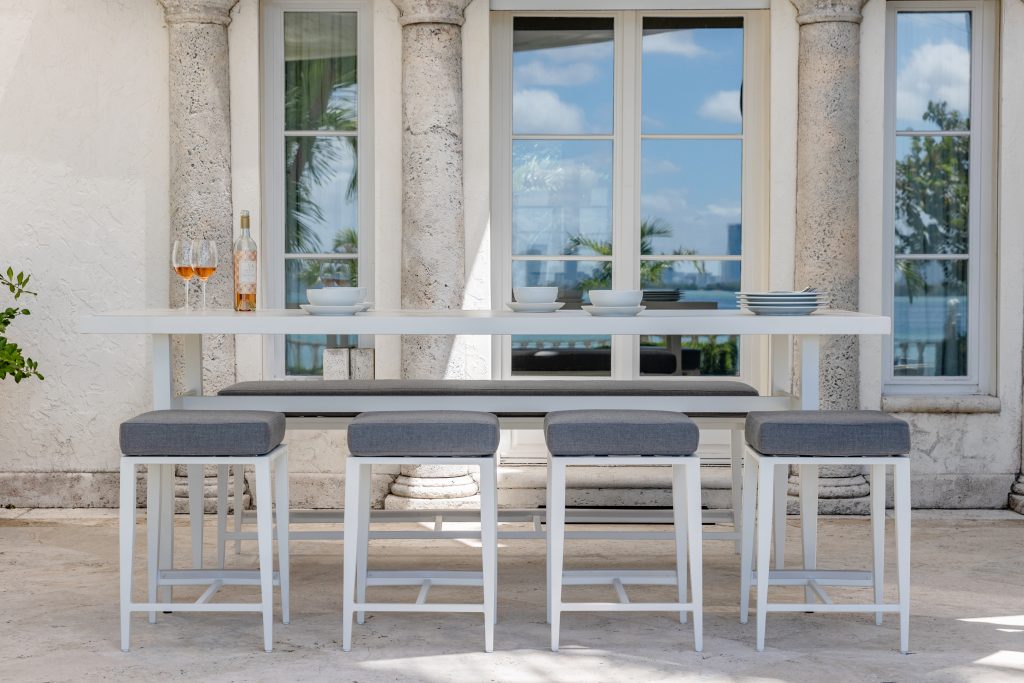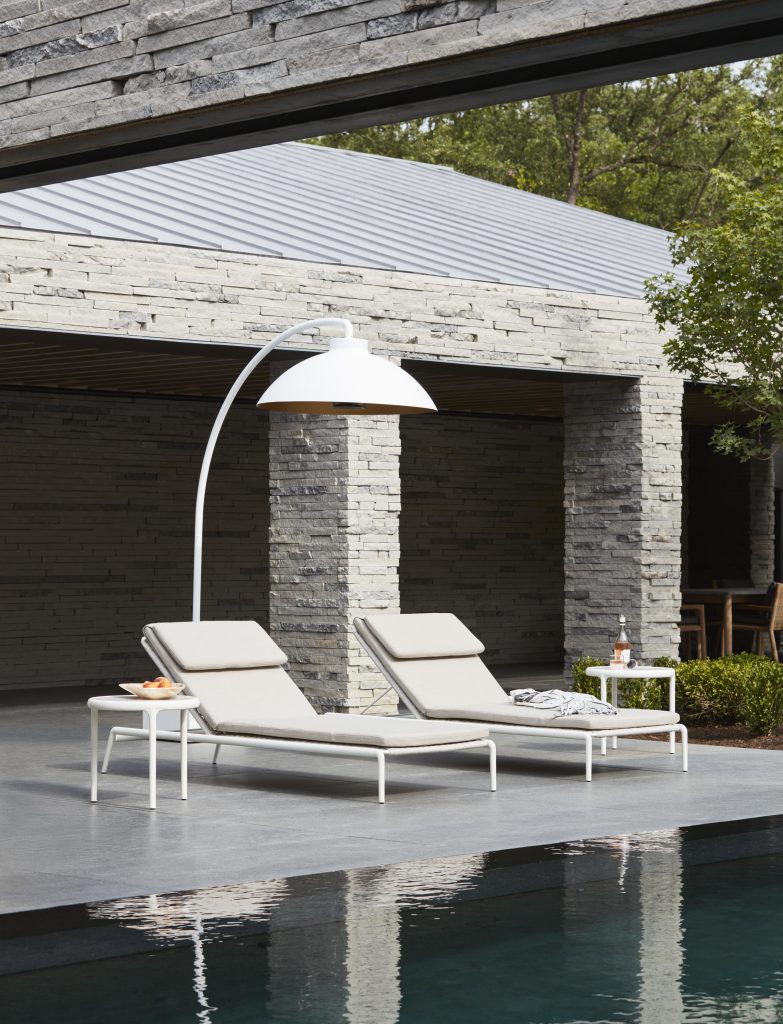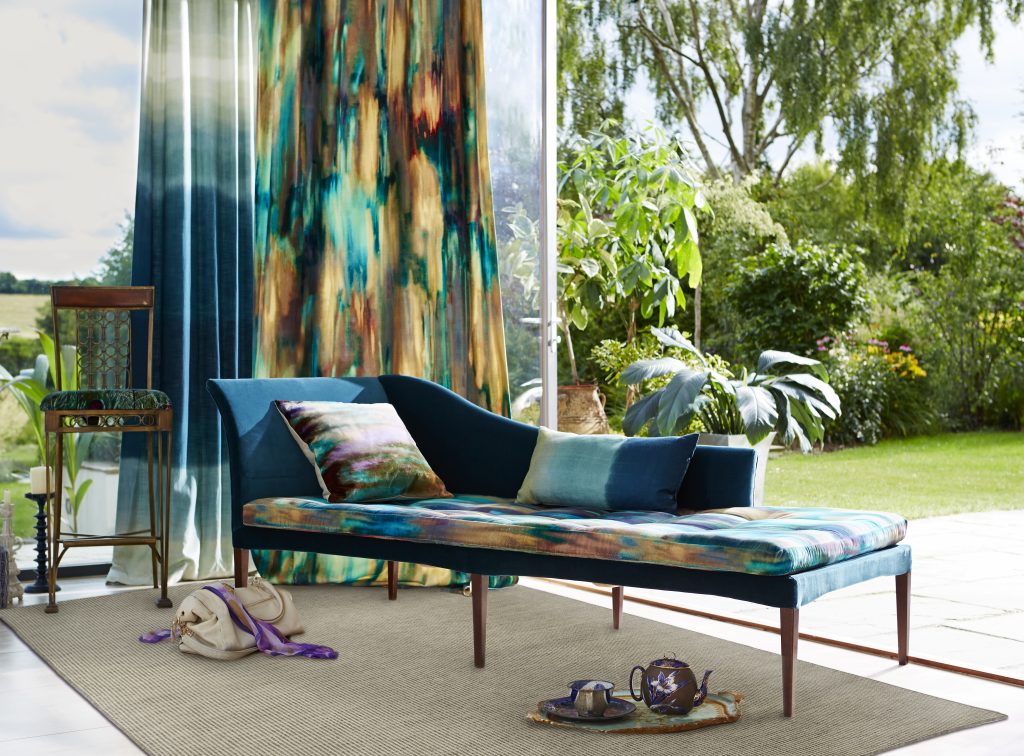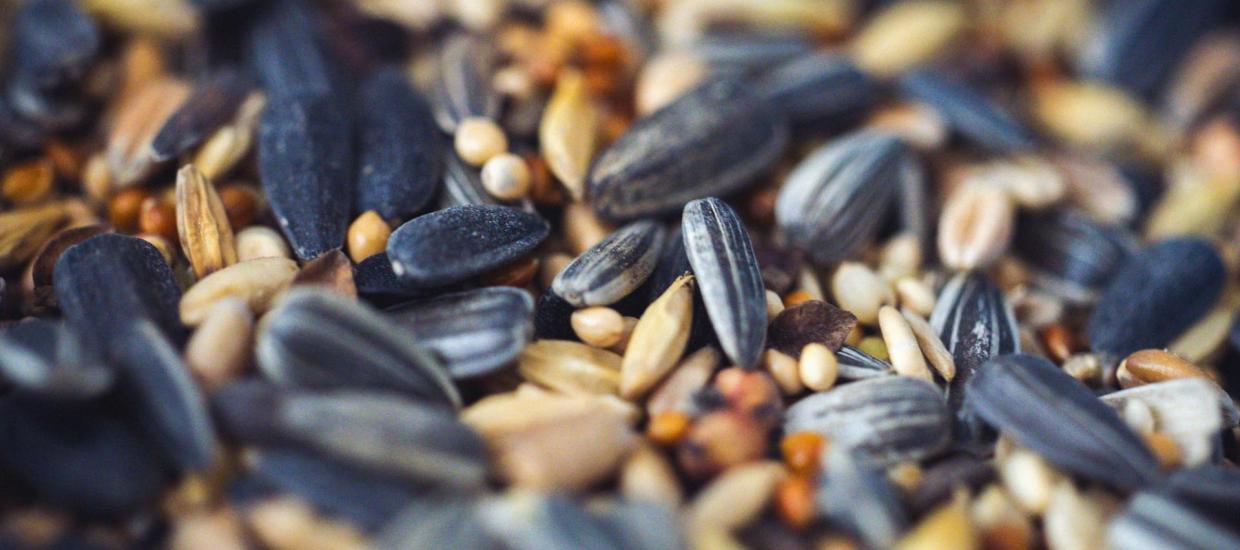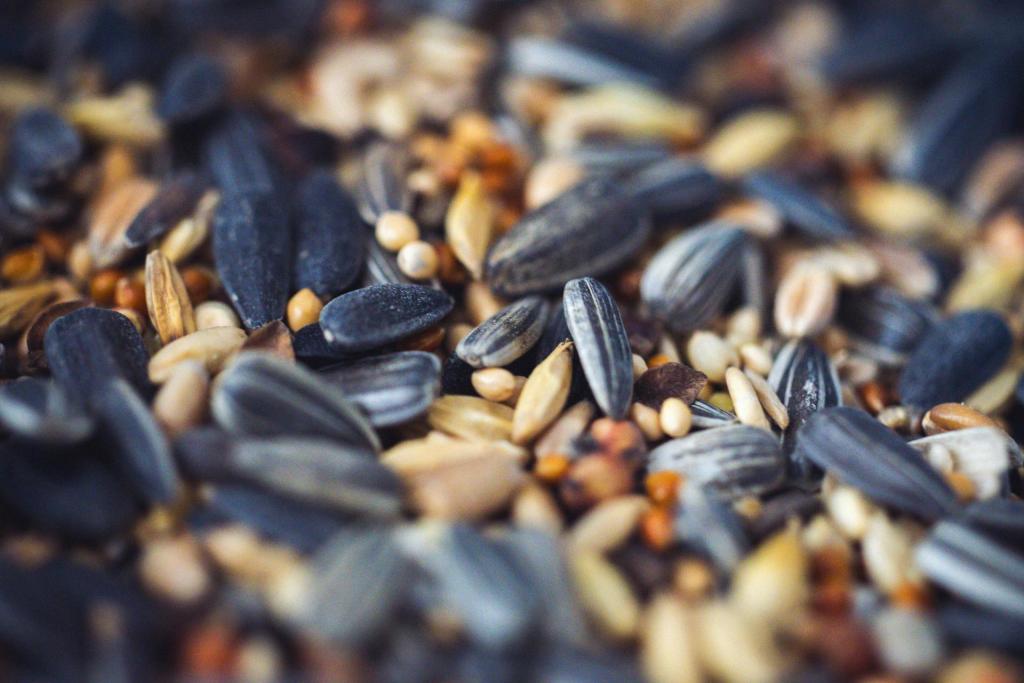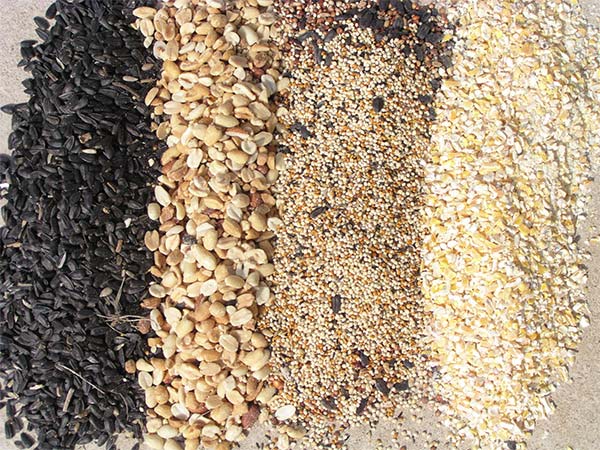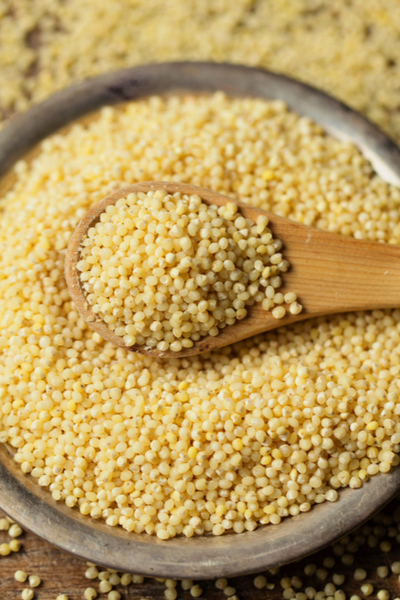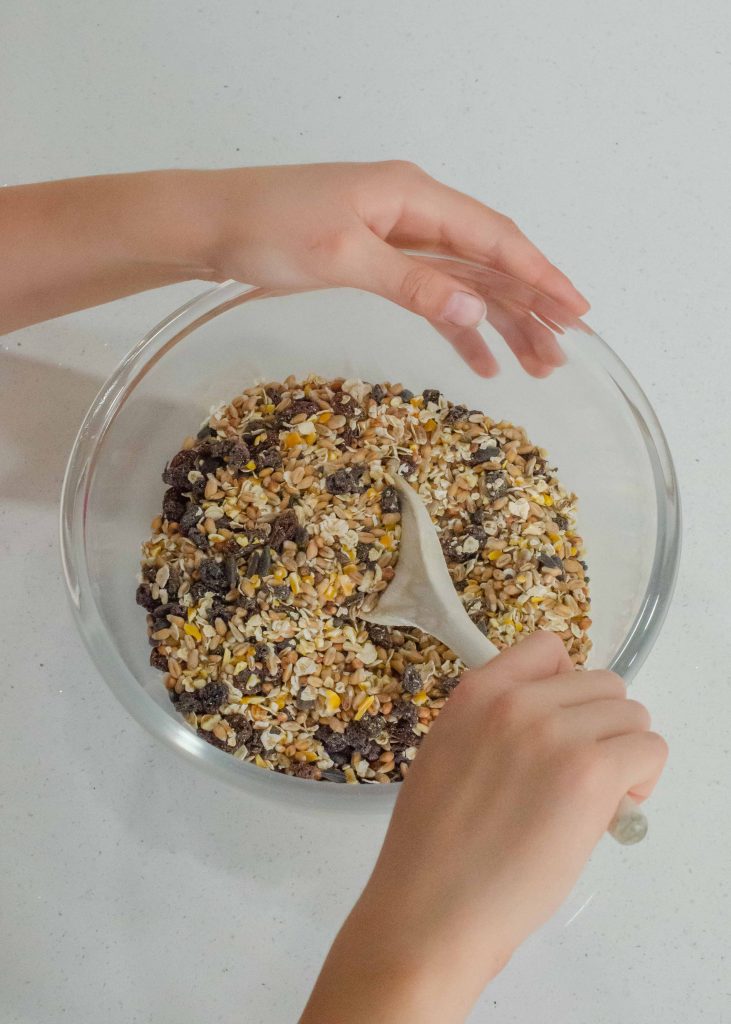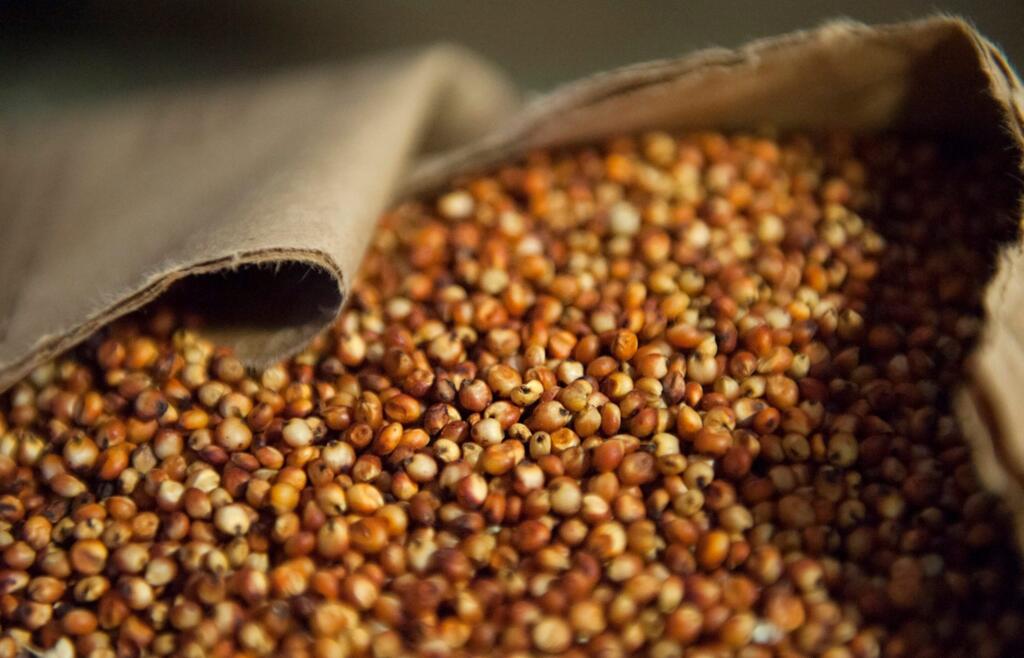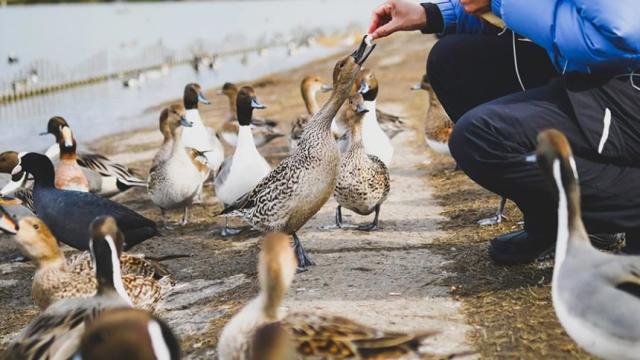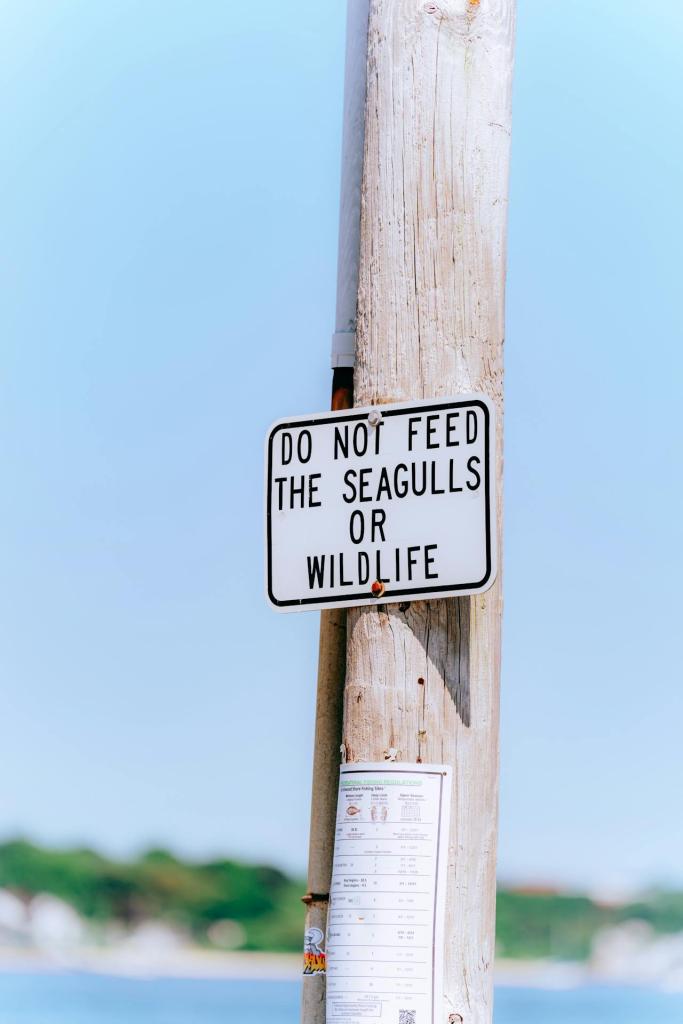Estimated reading time: 10 minutes
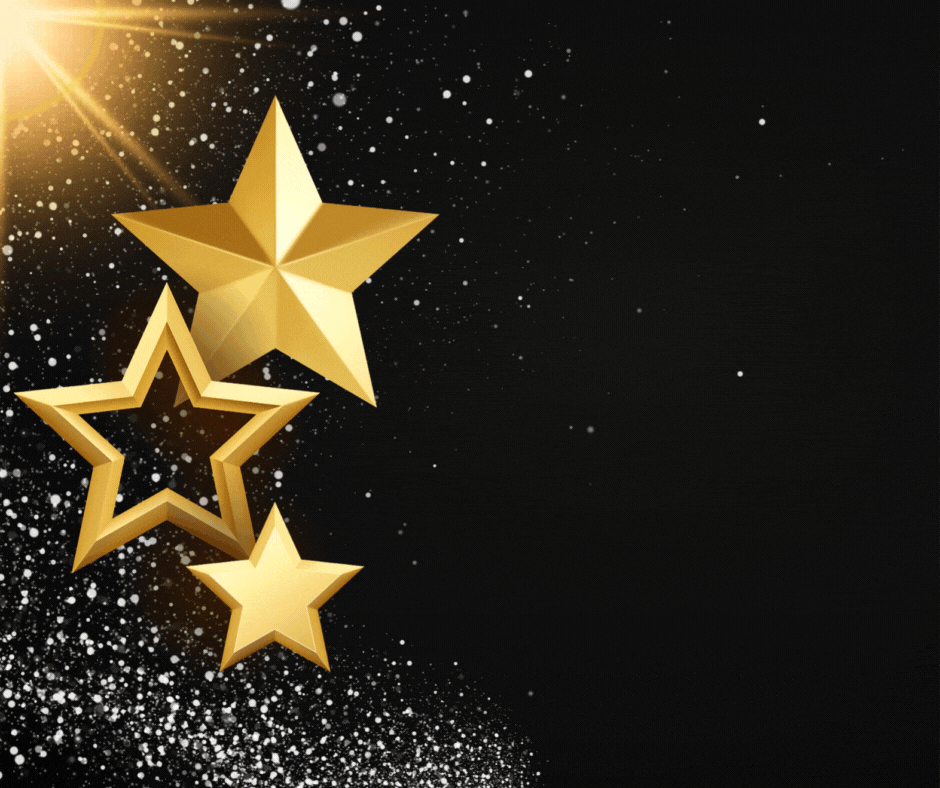
From lake activities and outdoor living to lake home maintenance and design, here are the most-read lake lifestyle stories from 2024:
- Outdoor Living and Lake Activities
- Home Maintenance and Design
- Trivia
- Travel and Leisure
- Real Estate
Looking back at the past year, we’re excited to present a selection of our most popular and thought-provoking articles from 2024. These pieces have ignited discussions, fueled creativity, and offered valuable insights on a range of subjects. Whether you’re exploring current trends or revisiting our standout content, we trust that you’ll find these articles both informative and inspiring. Cheers to the new year! We can’t wait to bring you more compelling stories about lake living in 2025!
Outdoor Living and Lake Activities
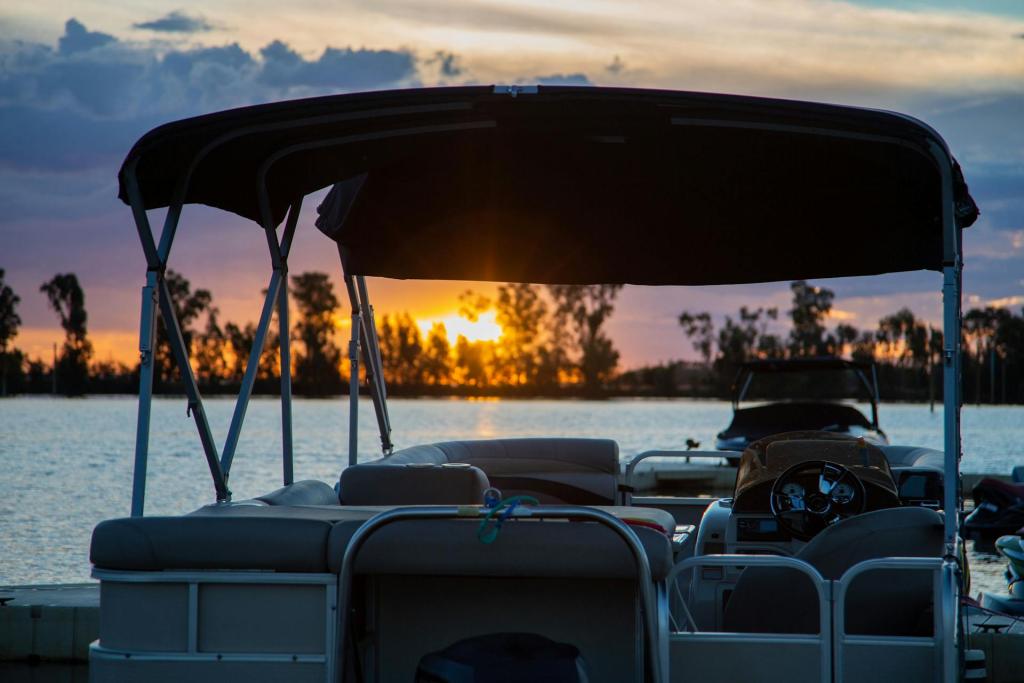
5 Toys You Need for Your Pontoon Boat
Looking to take your pontoon boating experience to the next level? Check out these 5 must-have accessories that will make your time on the water even more fun for you and your guests! MORE>>
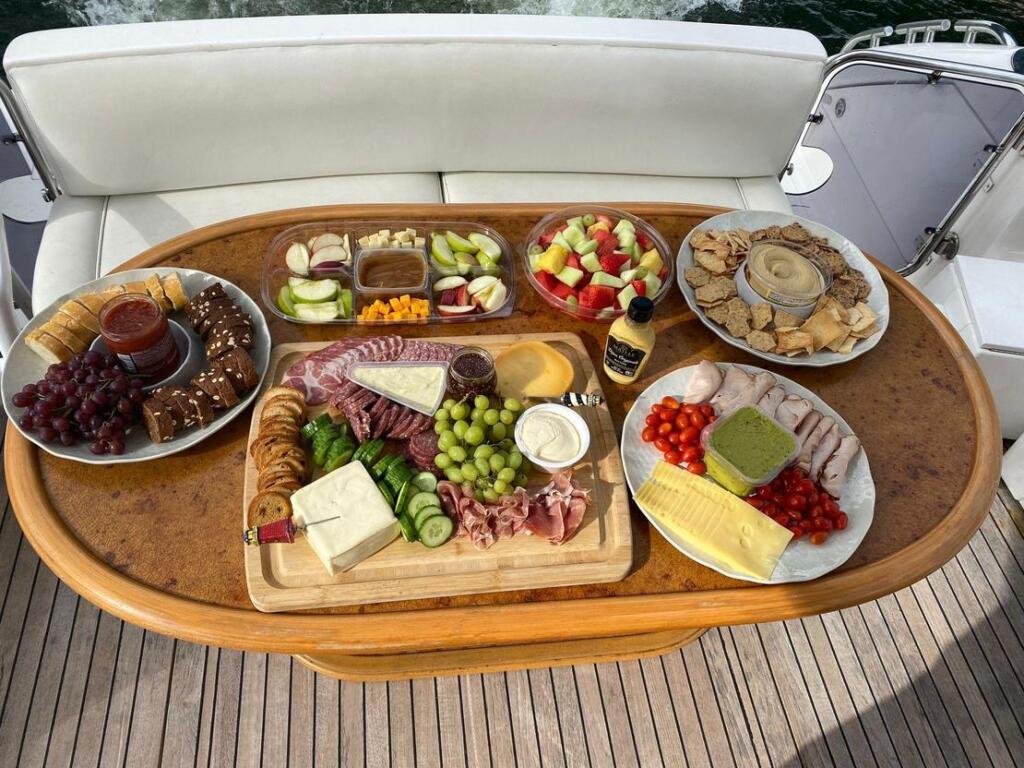
Picnic on the Water: The Perfect Boat Food
Set sail for a delicious picnic on the water! Here is everything you need to plan the perfect boat feast, from grilled favorites to refreshing drinks and easy cleanup tips. MORE>>
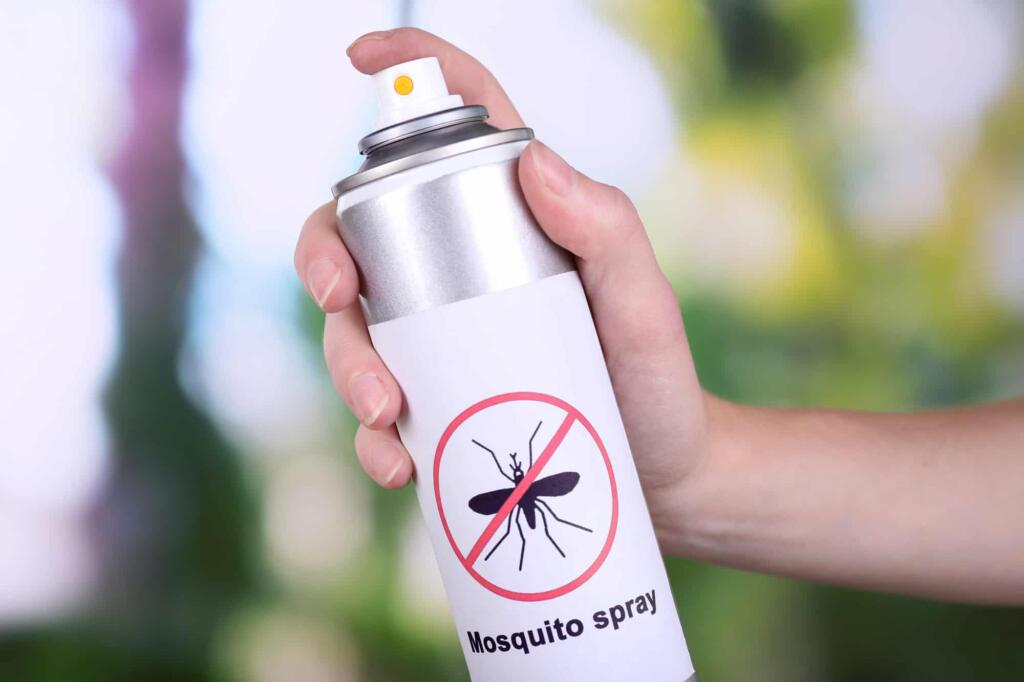
Tips on How to Deal with Bugs & Insects on the Lake
Lake living offers countless benefits, such as scenic views and recreational freedom. Yet, like any location, there are minor drawbacks like dealing with bugs. Explore tips to manage insects and enhance your lake living experience. MORE>>

The Ultimate Top 40 Boating Playlist
Get ready for a fun-filled day on the lake with the ultimate lake day playlist! Here are 40 songs that are perfect for creating the perfect atmosphere for your next boating adventure. MORE>>
Home Maintenance and Design
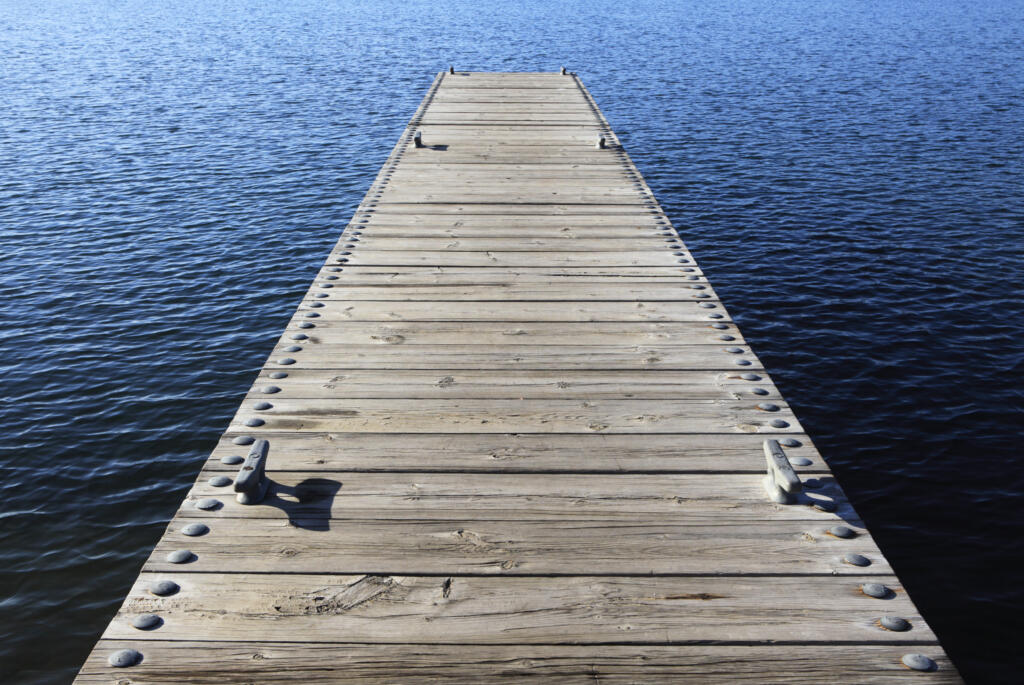
Boat Dock Basics
Boats need a place to stay on the lake, and the different types of docks come with their own advantages and disadvantages. It’s important to consider your options before investing in a lake property with a dock. MORE>>
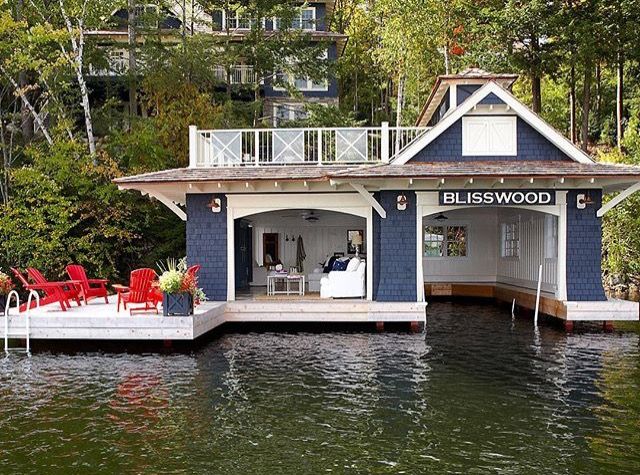
Boat House Design Ideas
A boat dock is crucial for storage and protection, but for enhanced security, weather protection, and added entertainment space, consider a boathouse. Explore design ideas for your lakeside property. MORE>>
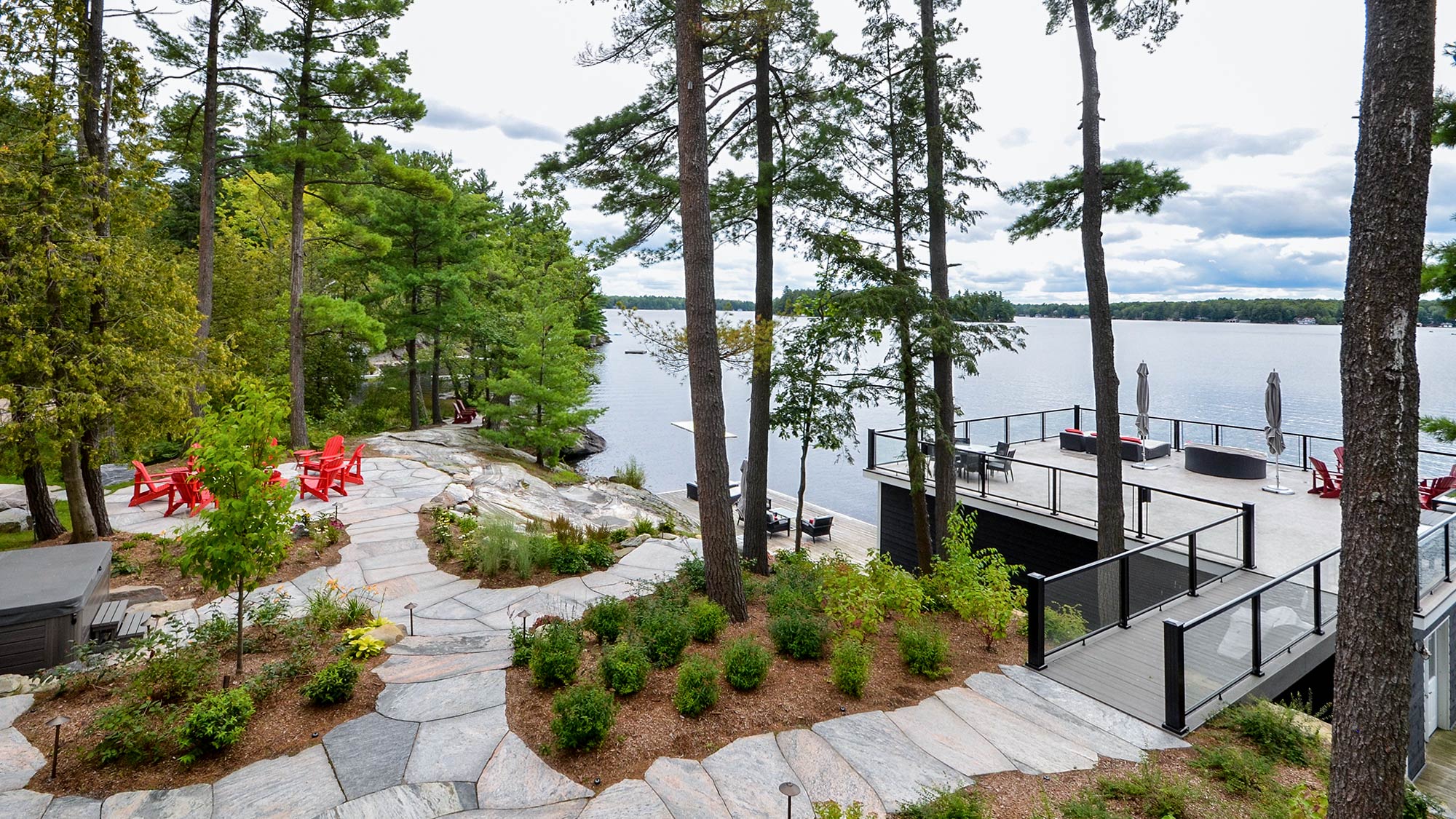
Hardscapes 101: Top Design Ideas for Your Lakefront Landscape
Enhance your landscape with a balanced design, starting with hardscapes—bricks, wood, stone, and concrete elements that define outdoor spaces. MORE>>
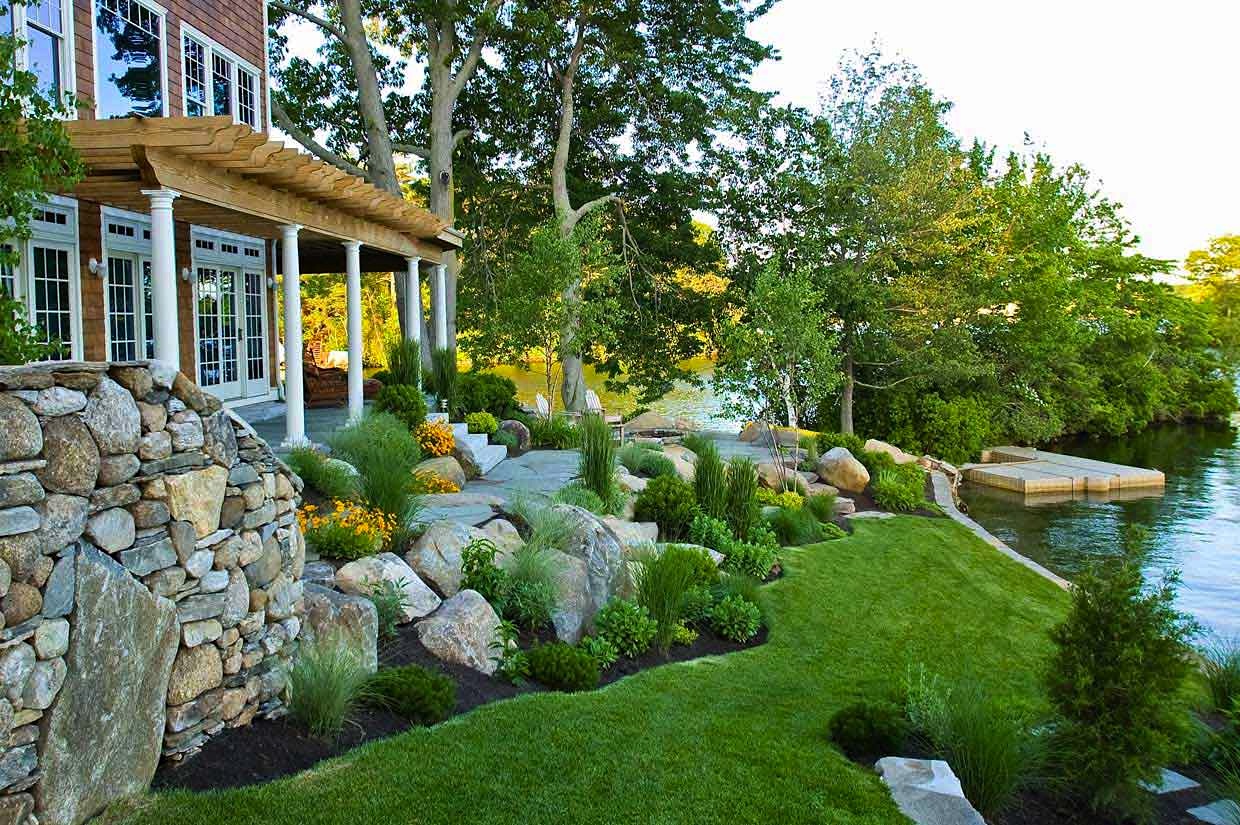
Low Maintenance Landscaping Tips for Your Lake House
A stunning lakefront landscape often involves intensive gardening, but low-maintenance options exist for a beautiful backyard at your lake home. Explore our tips for hassle-free landscaping. MORE>>
Trivia

Top 5 Deepest Lakes in the U.S.
Dive into the deep! From Crater Lake to Lake Tahoe, explore the top 5 deepest lakes in the US. Which one would you add to your bucket list? MORE>>
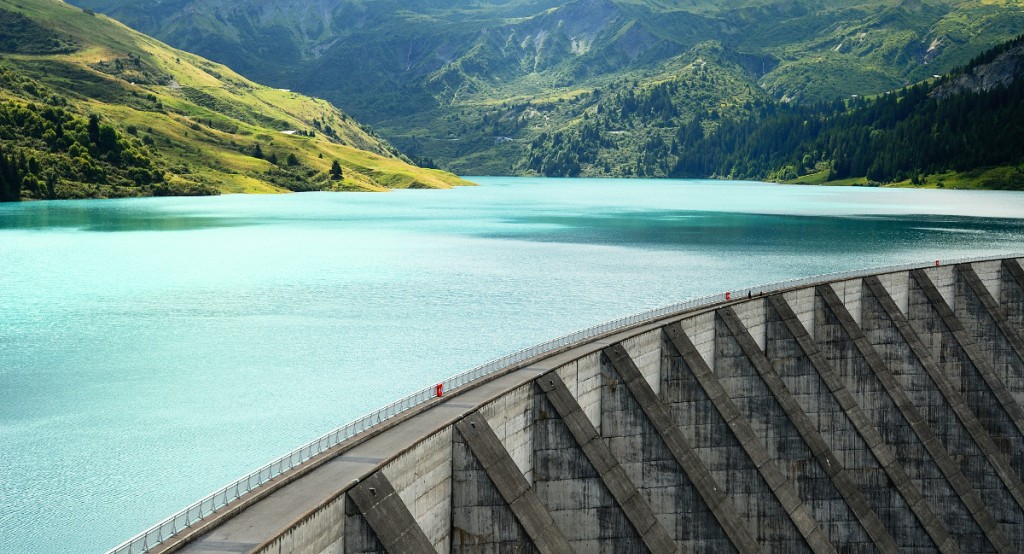
5 of the World’s Largest Man-Made Lakes
Explore the grandeur of five of the world’s largest man-made lakes and discover the remarkable scale and unique features of these impressive water reservoirs. MORE>>
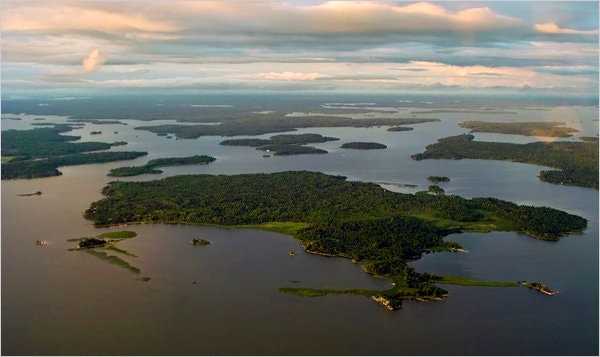
U.S. Lakes With the Longest Shorelines
When envisioning the largest U.S. lakes, the Great Lakes likely come to mind. Yet, if we shift the focus to shorelines, surprises emerge. Explore the top five lakes with extensive shorelines! MORE>>
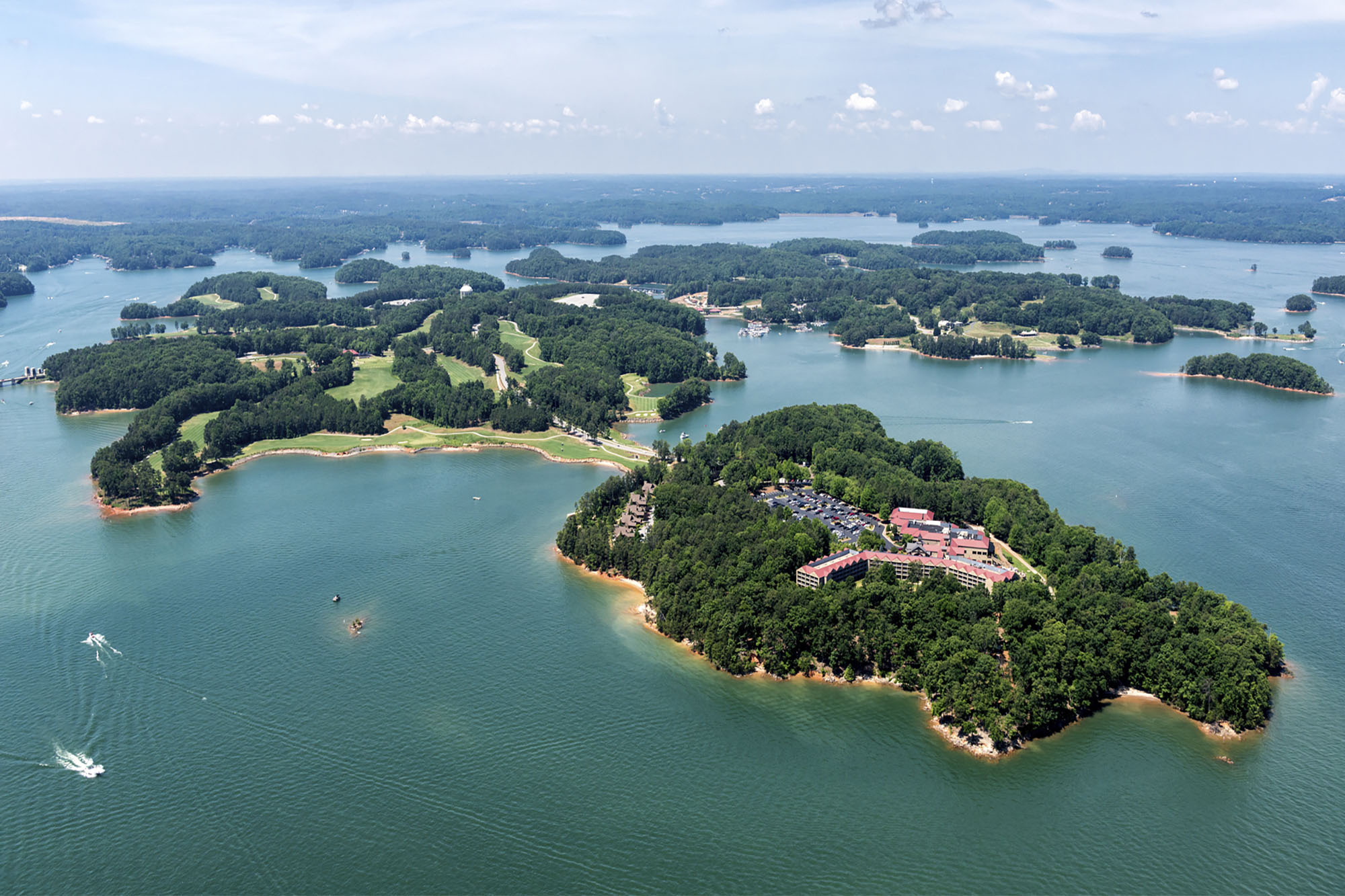
States with the Most and Fewest Lakes
Uncover the geographical tapestry of the United States as we explore the unique landscapes of states with the most and fewest natural lakes. MORE>>
Travel and Leisure
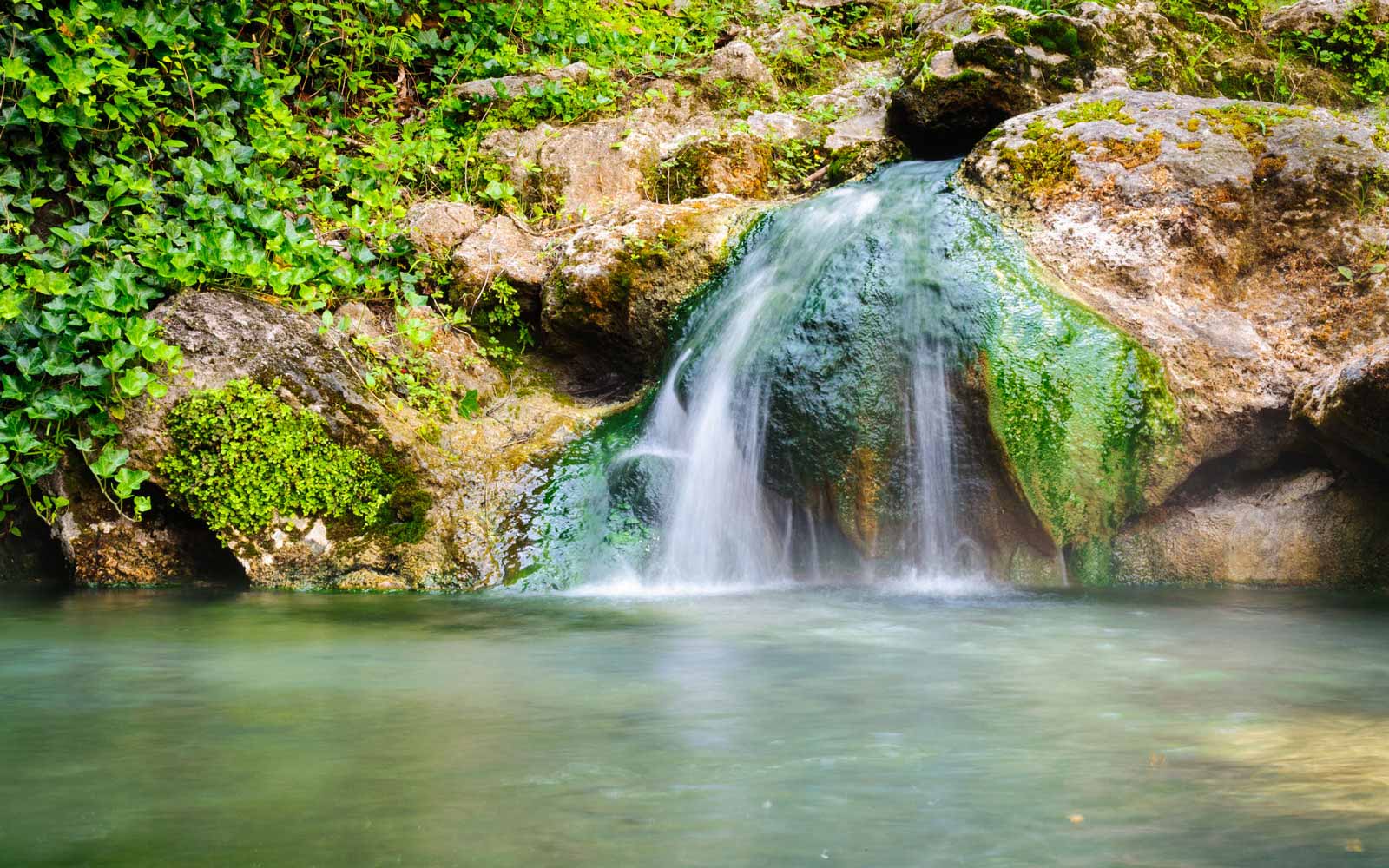
Top Attractions at Lake Hamilton
Embark on a journey to explore the premier attractions of Lake Hamilton, Arkansas. Delve into this article for insights into the must-visit destinations that define this captivating lakeside locale. MORE>>
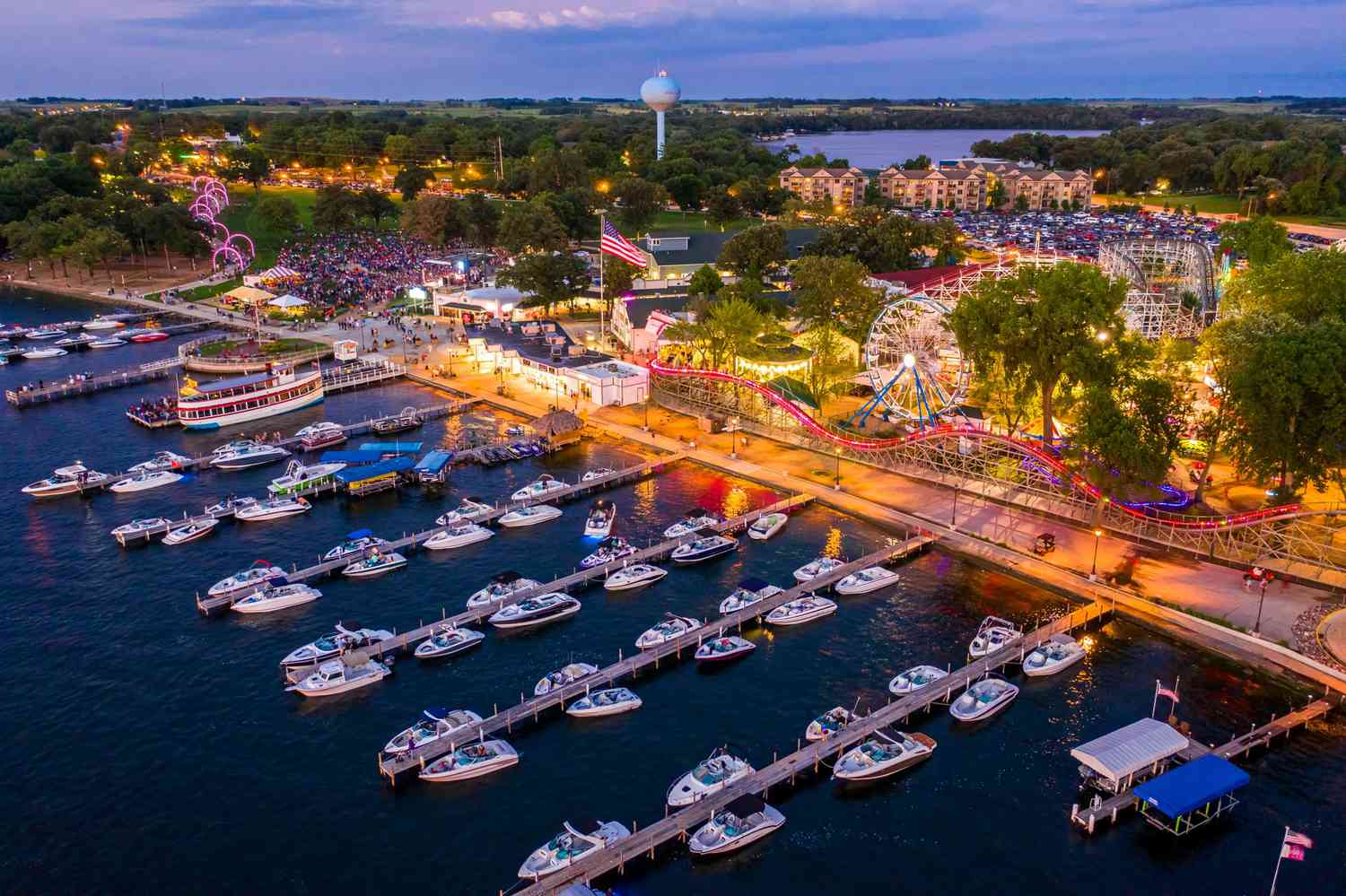
Top 10 Quaint Lake Towns
Dreaming of a charming escape? Take a trip to one of these quaint lake towns and experience the beauty of lakeside living! Featuring 10 hidden gems across the US, each offering stunning scenery, friendly communities, and endless fun. MORE>>

Things to Do Around Lake Chelan, WA
Explore the beauty of Lake Chelan, WA! This lake destination offers something for everyone, from fishing and wine tasting to boat tours and water slides. MORE>>
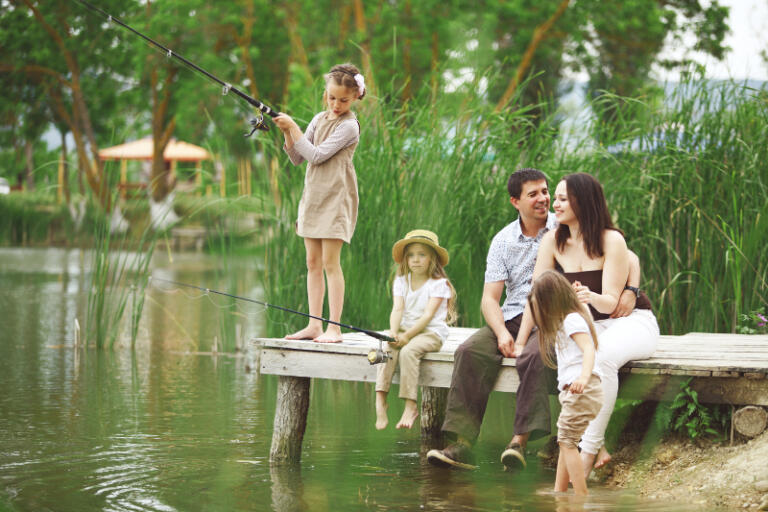
9 Great Reasons Why People Love Living on the Water
Live life to the fullest by the water! From stunning views and serene atmosphere to abundant wildlife and a strong sense of community, discover 9 amazing reasons why people love living on the water. MORE>>
Real Estate

5 Ways Overpricing A Lake Home Costs Sellers
Putting your lake home on the market? Before you do, learn how overpricing hurts your sale, even if you think it’s a smart move. Glenn Phillips, CEO of Lake Homes Realty, explains why. MORE>>
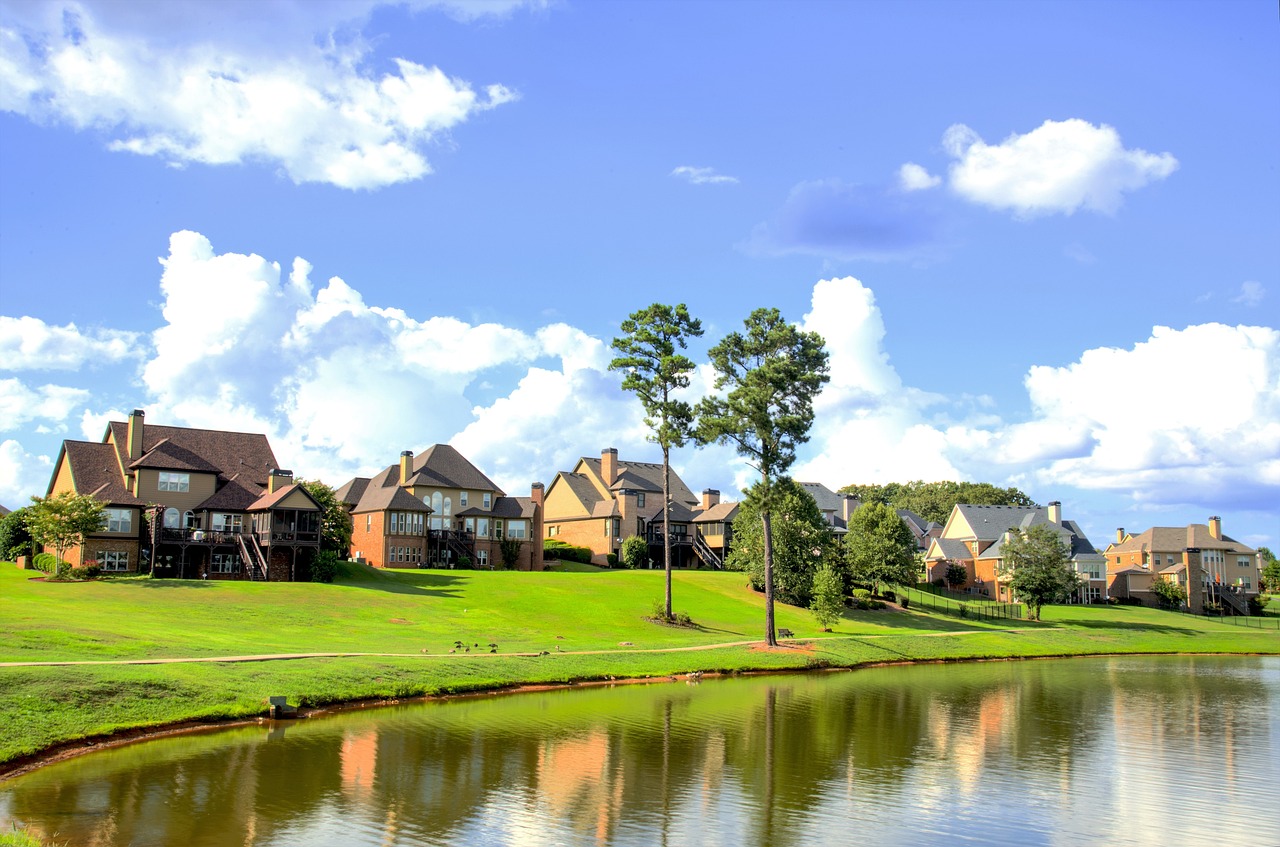
Why Are Lake Home Owners Selling These Days?
Embracing the lake lifestyle is a dream for many individuals, but as of late, there seems to be a growing trend of people putting their lakefront properties on the market. What could be prompting this shift? MORE>>
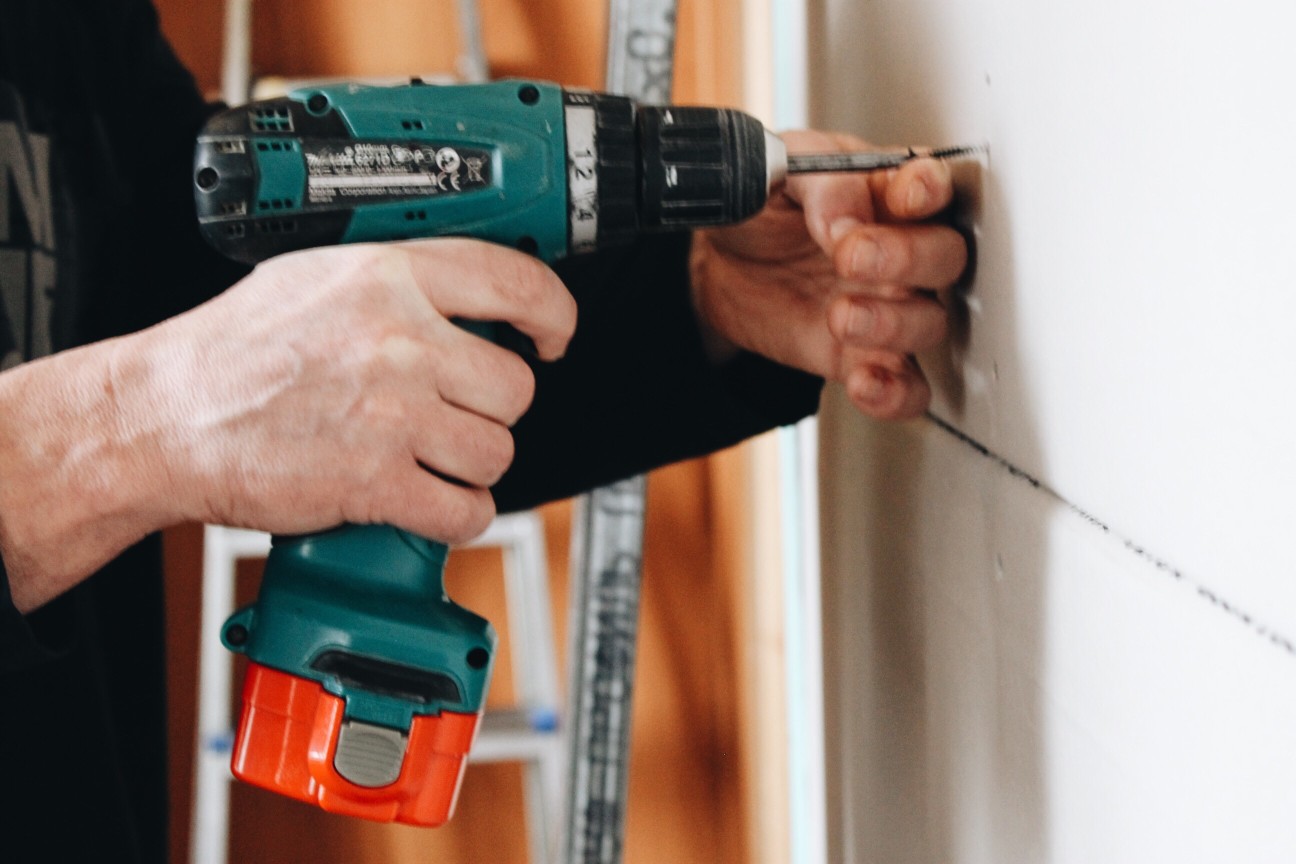
The Hidden Costs of Keeping A Lake Home: Tips for First-time Buyers
Owning a lake house sounds idyllic, but there can be hidden costs! From repairs to maintenance, be sure to factor these costs into your budget! MORE>>

5 Questions Lake Home Buyers Should Answer
Before you start your buying process, it is crucial to understand that you need to be prepared to handle particular inquiries. Clearly defining your preferences for your perfect property will significantly help your real estate agent and improve your overall satisfaction. MORE>>


